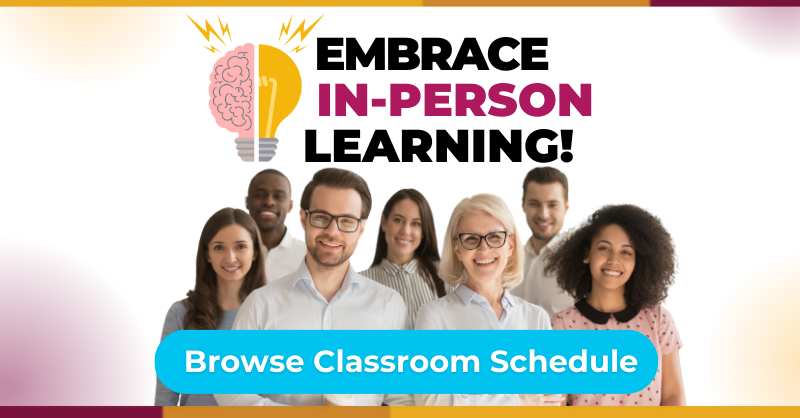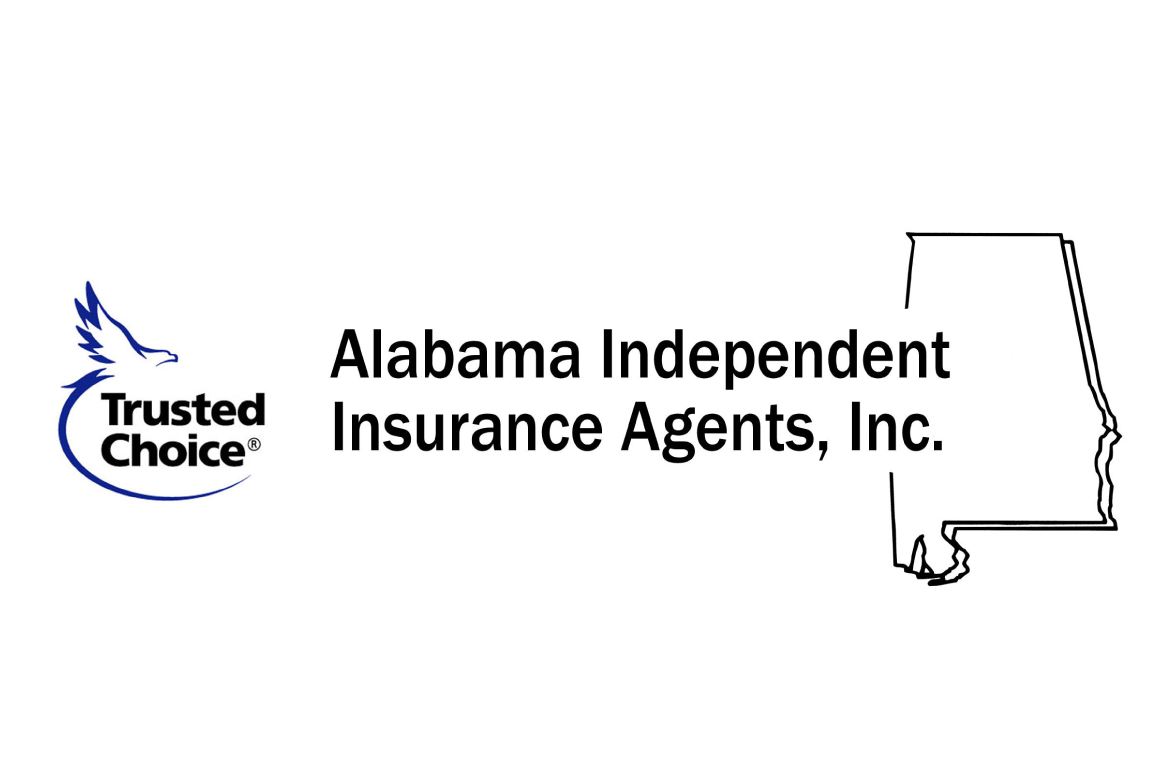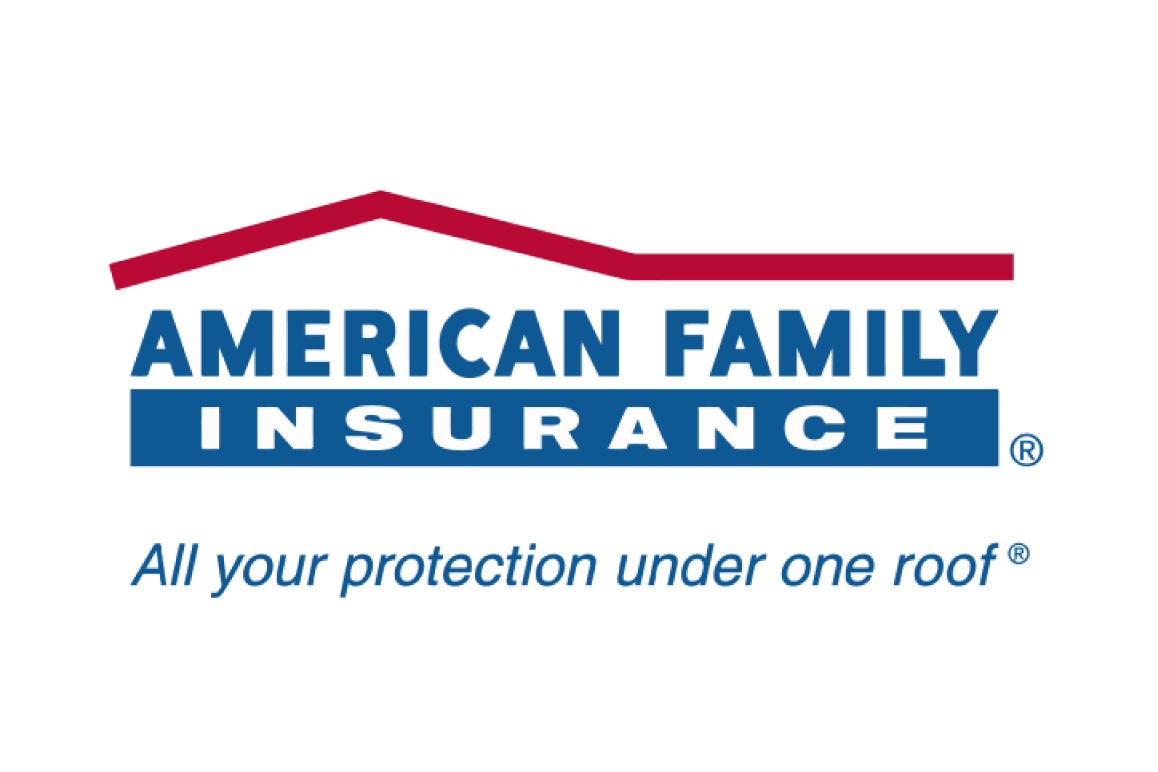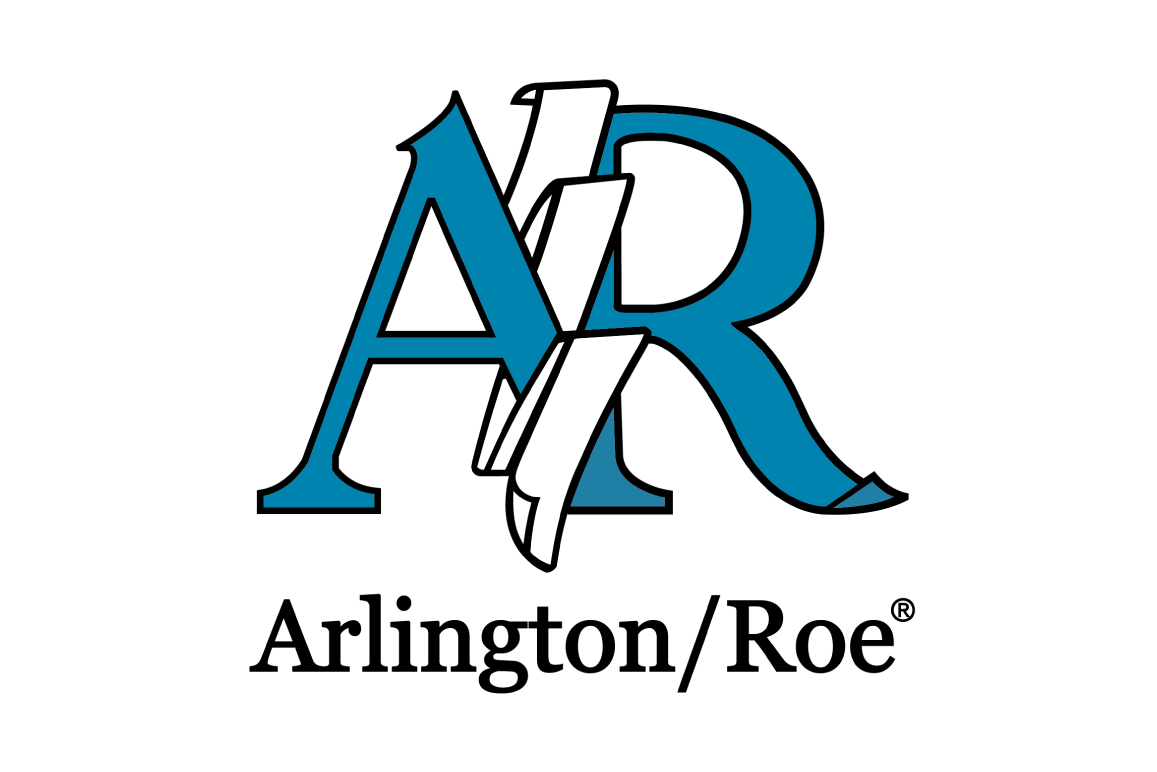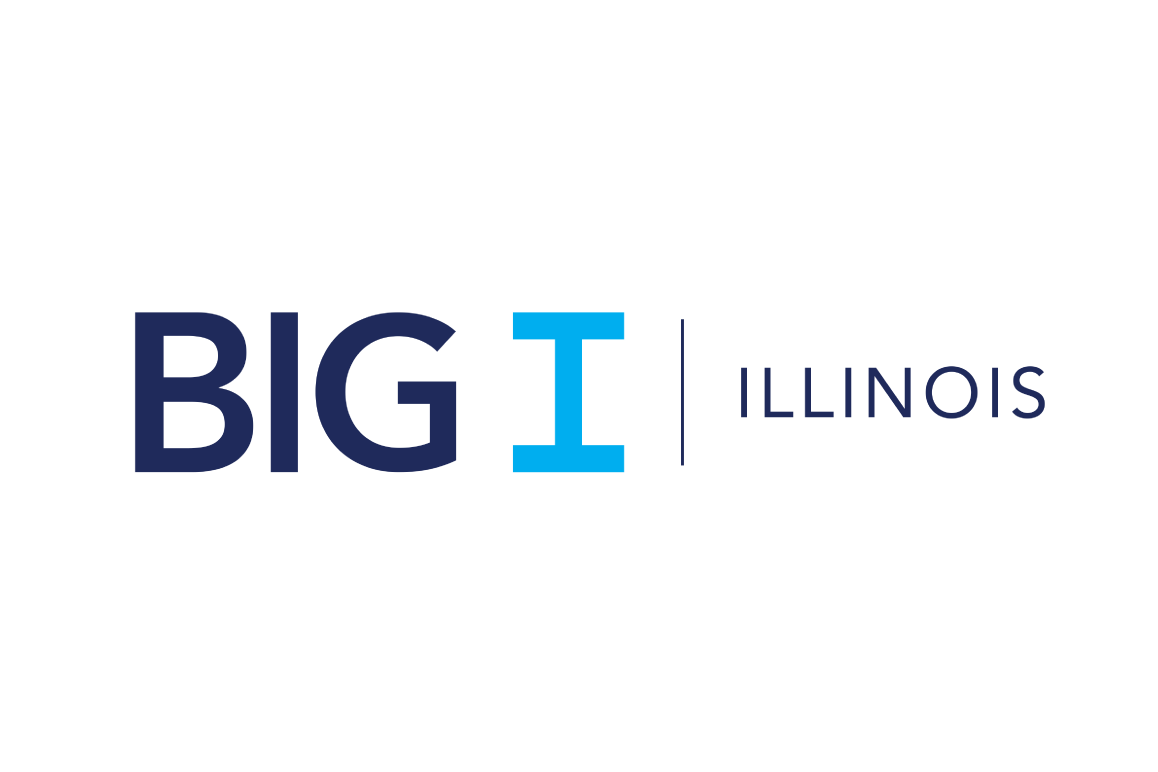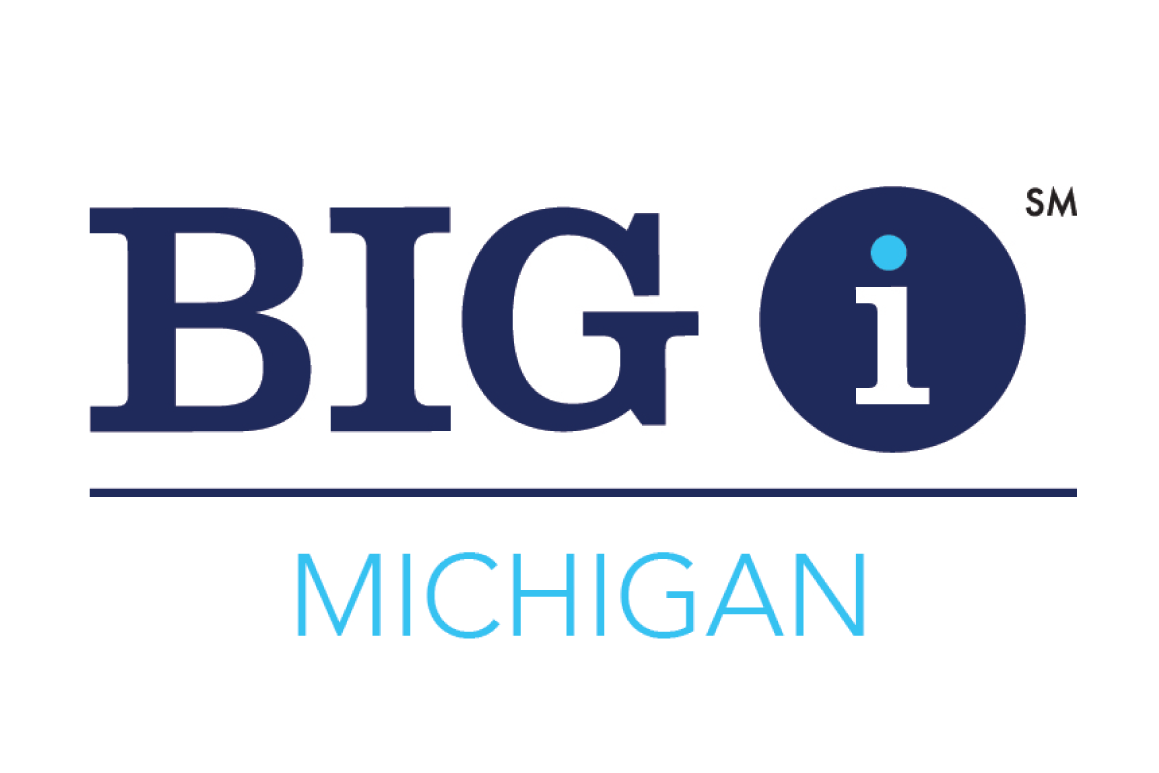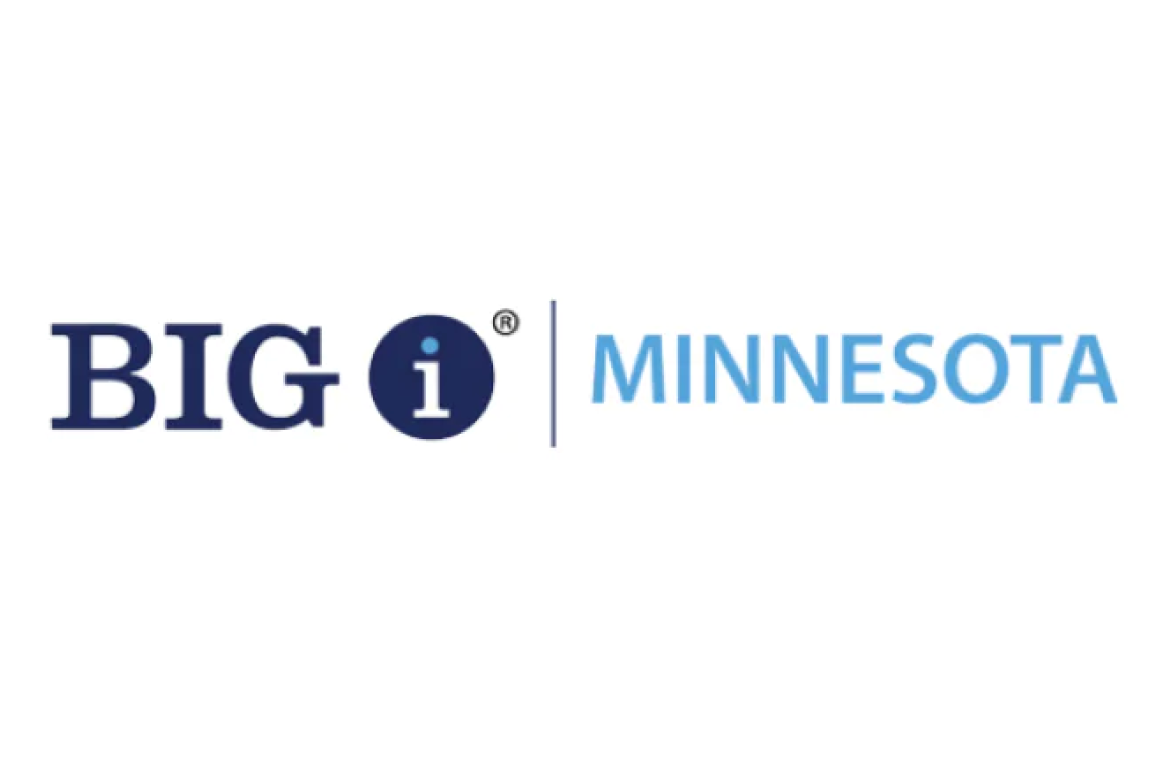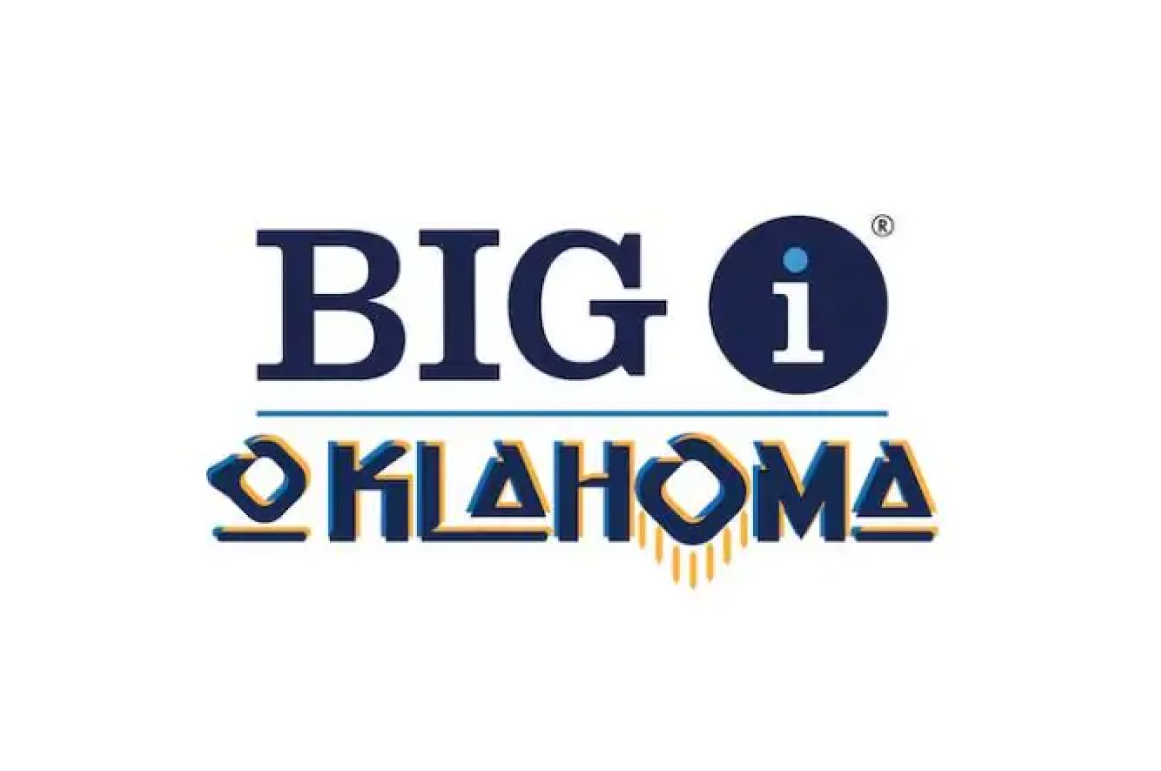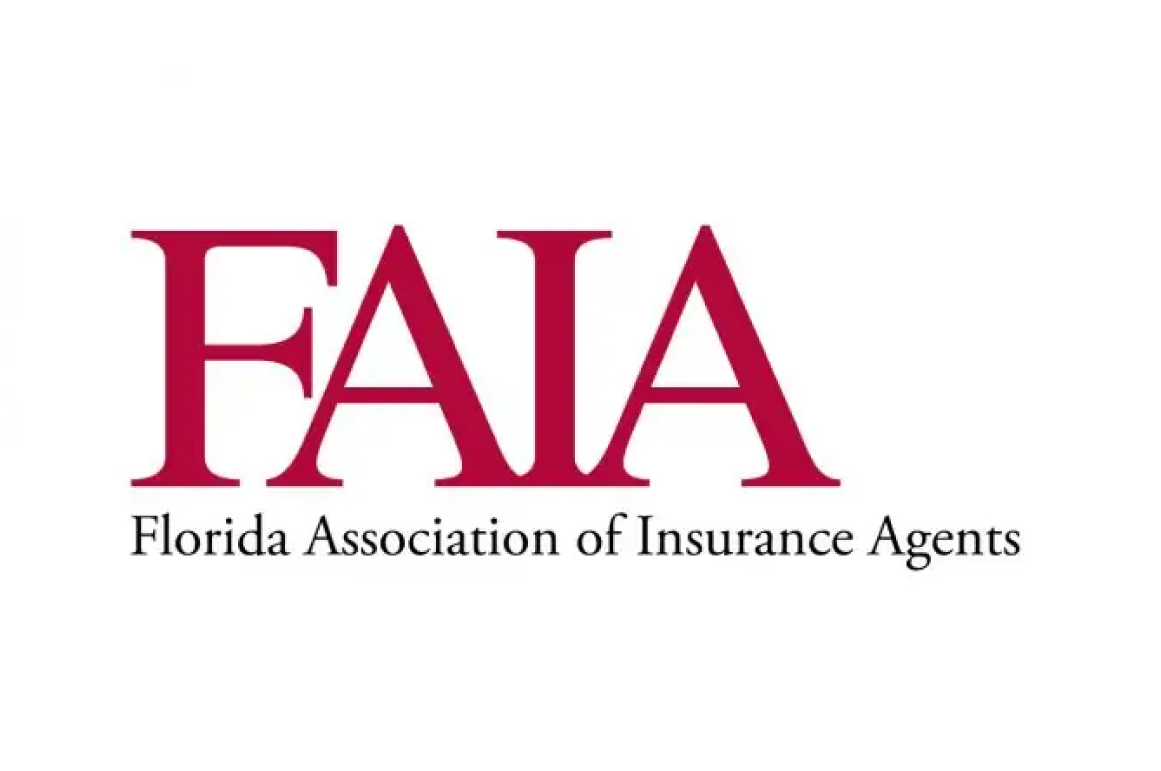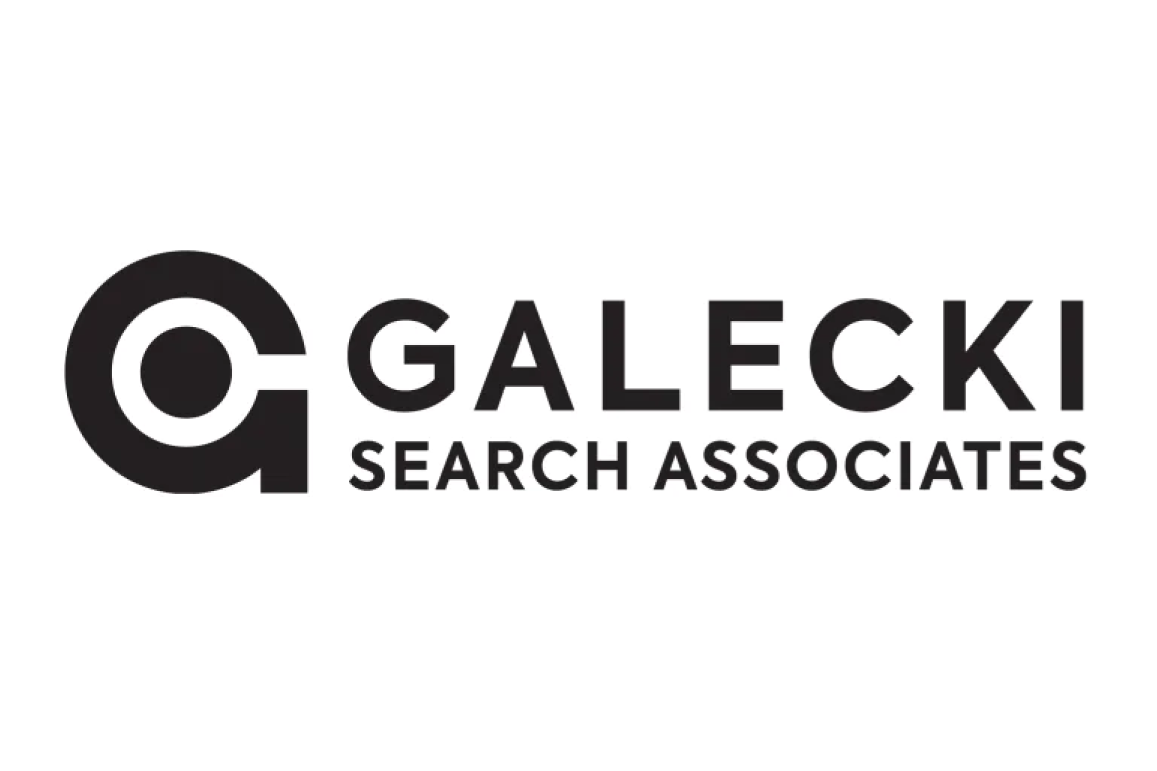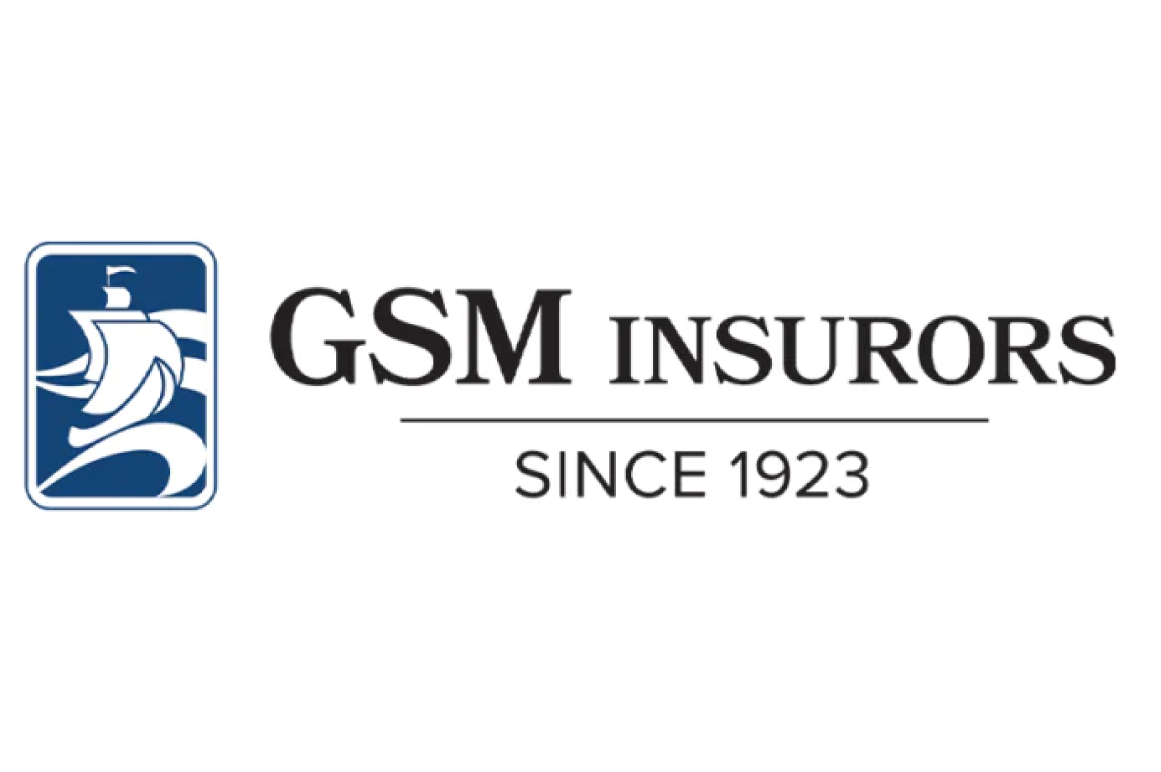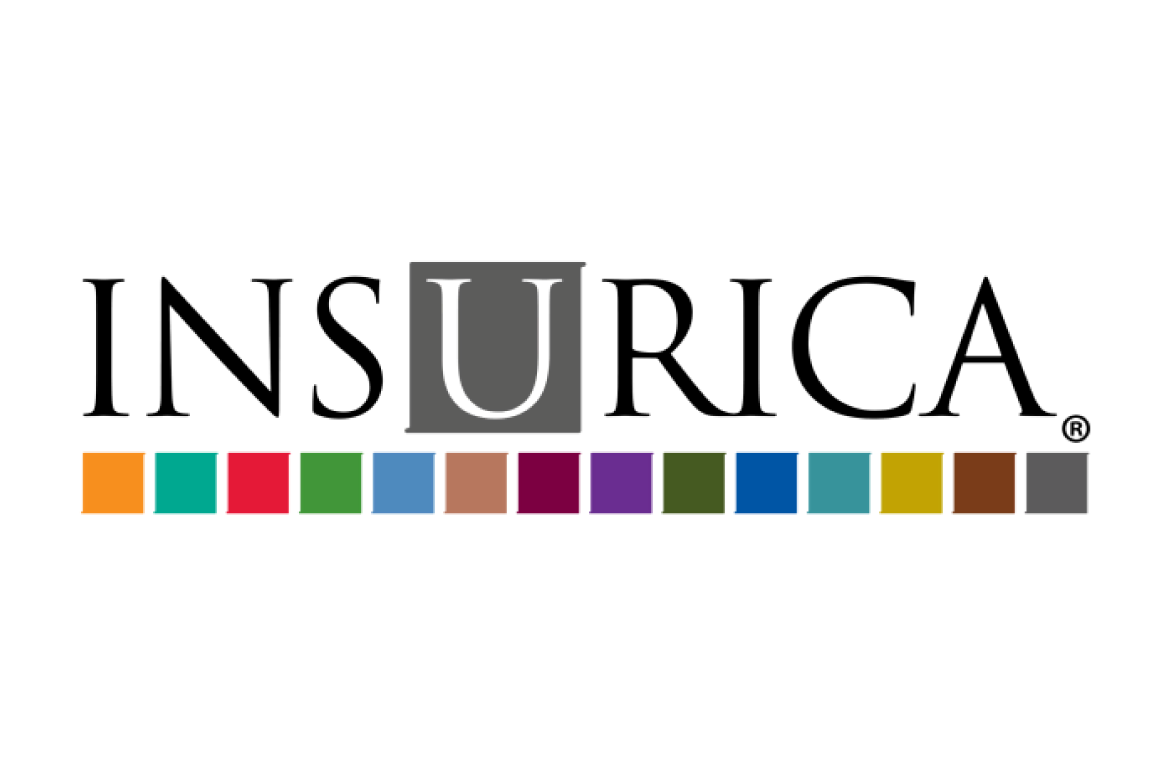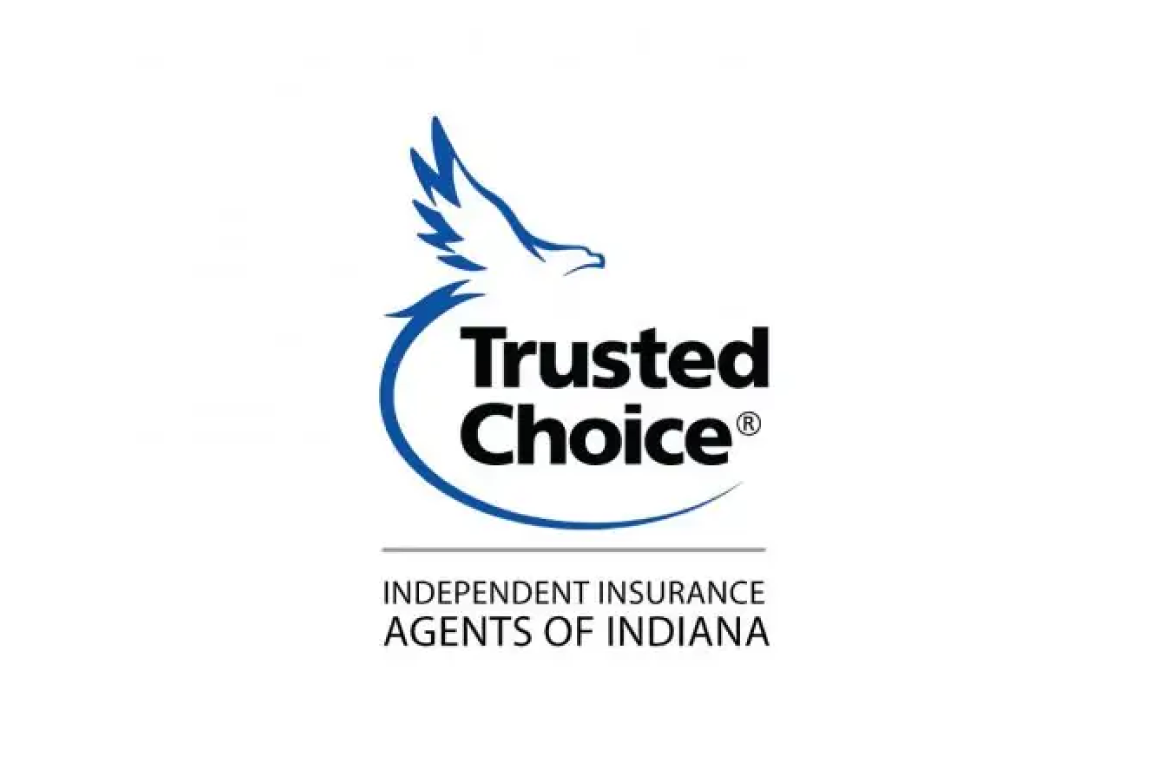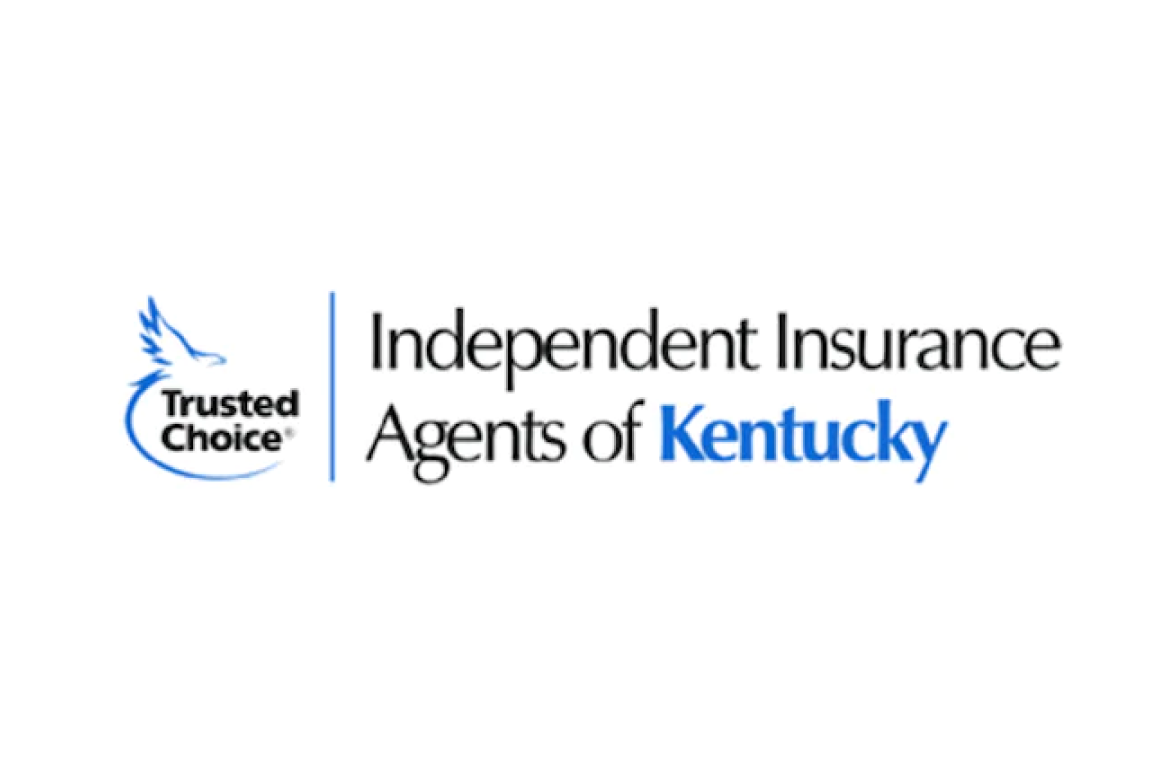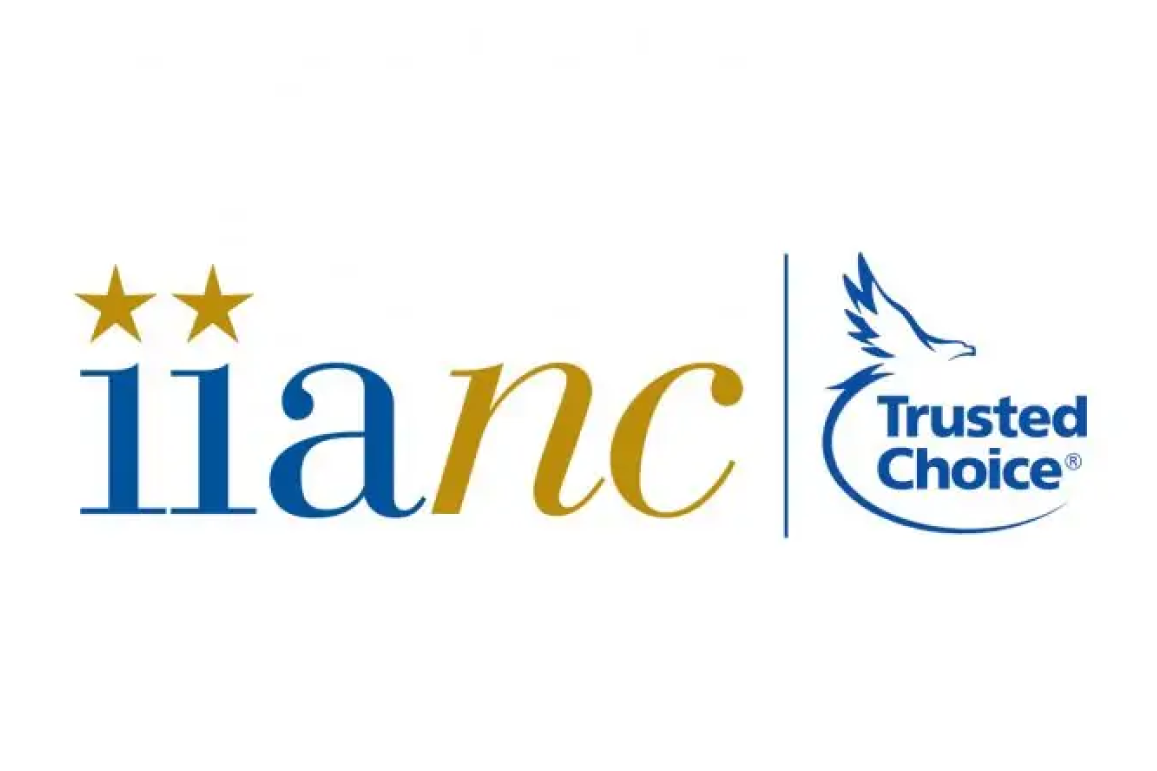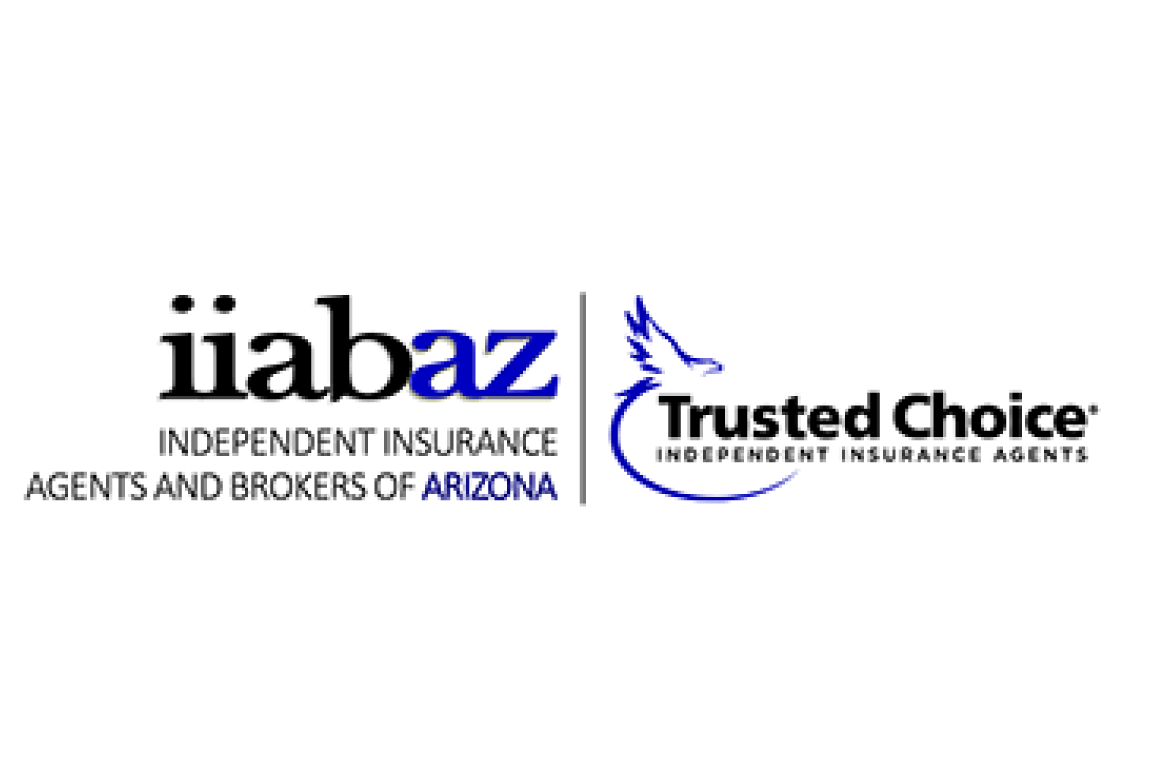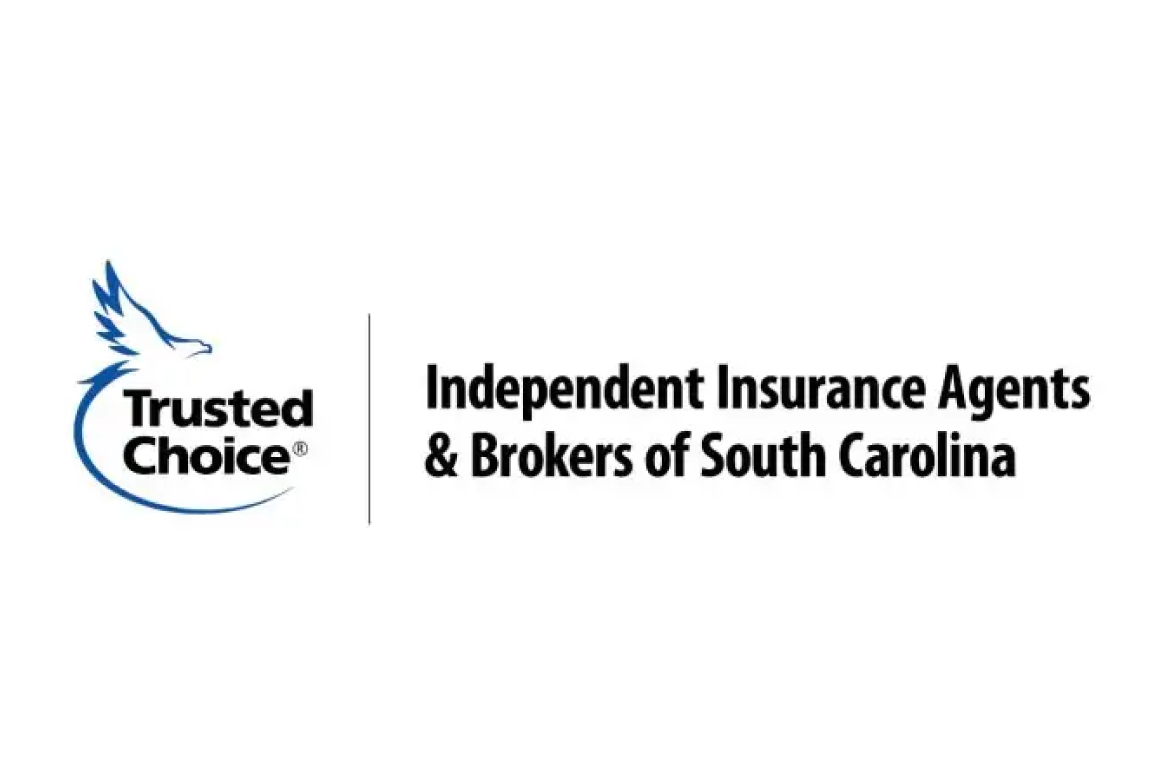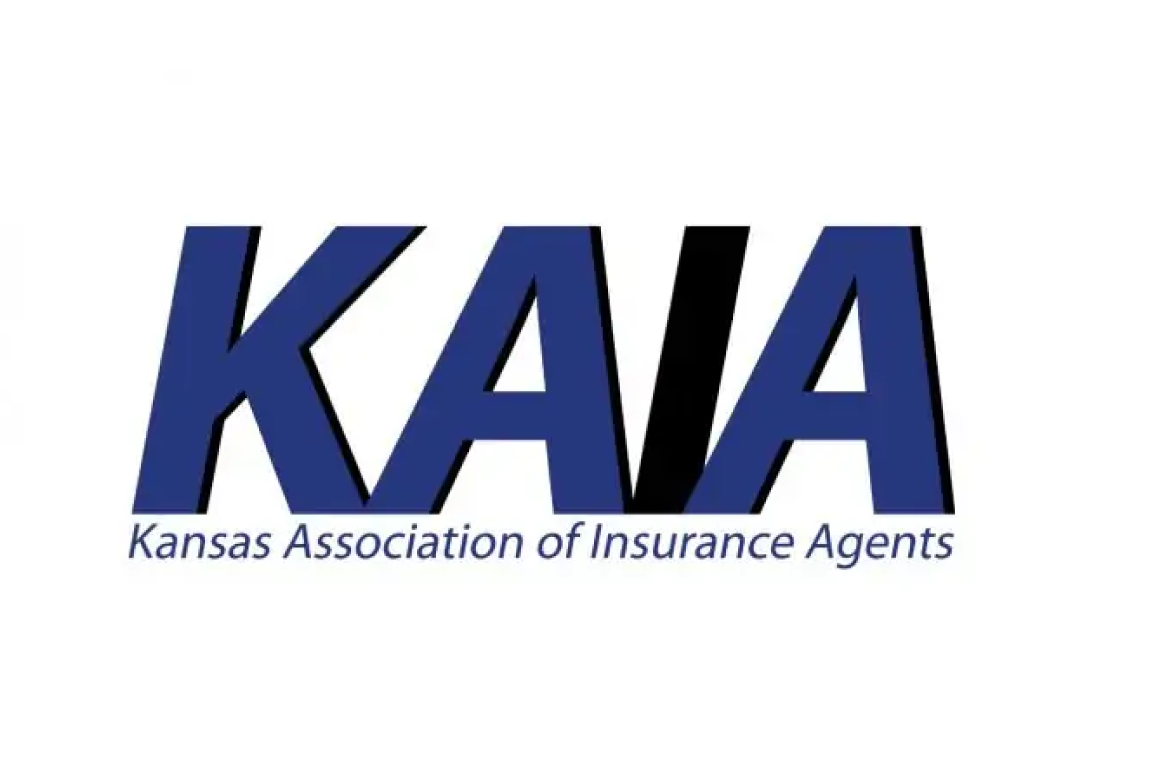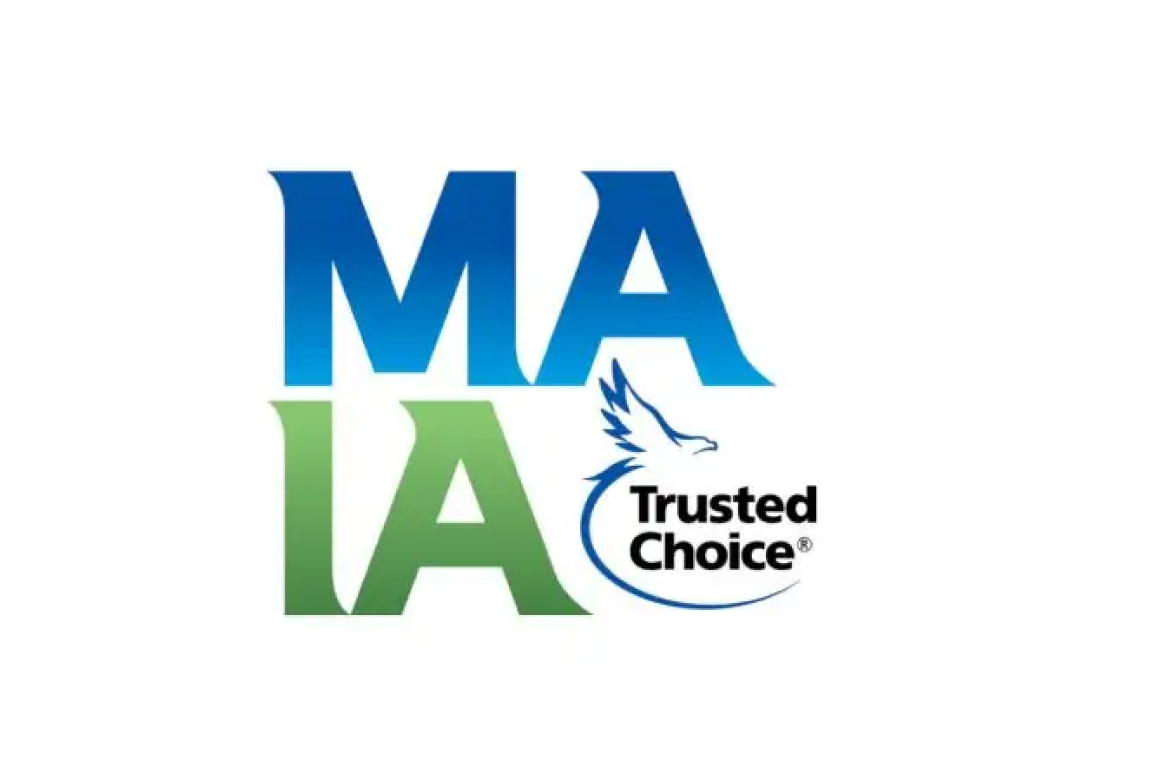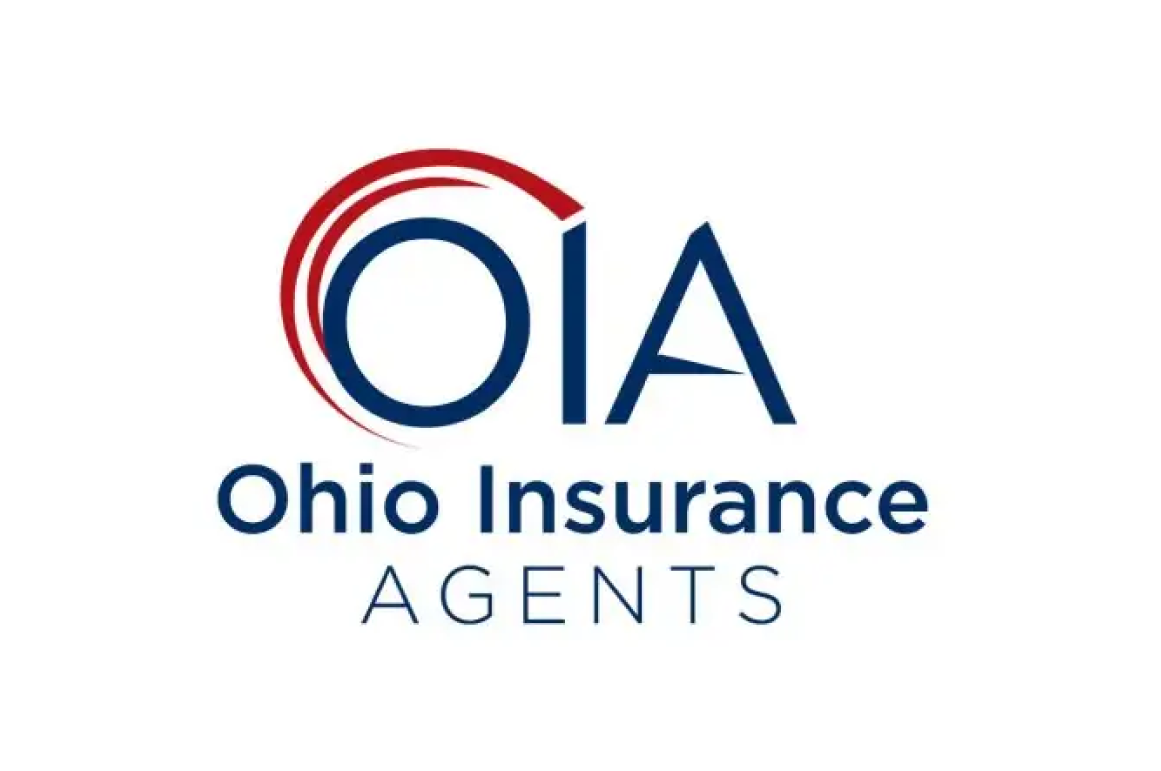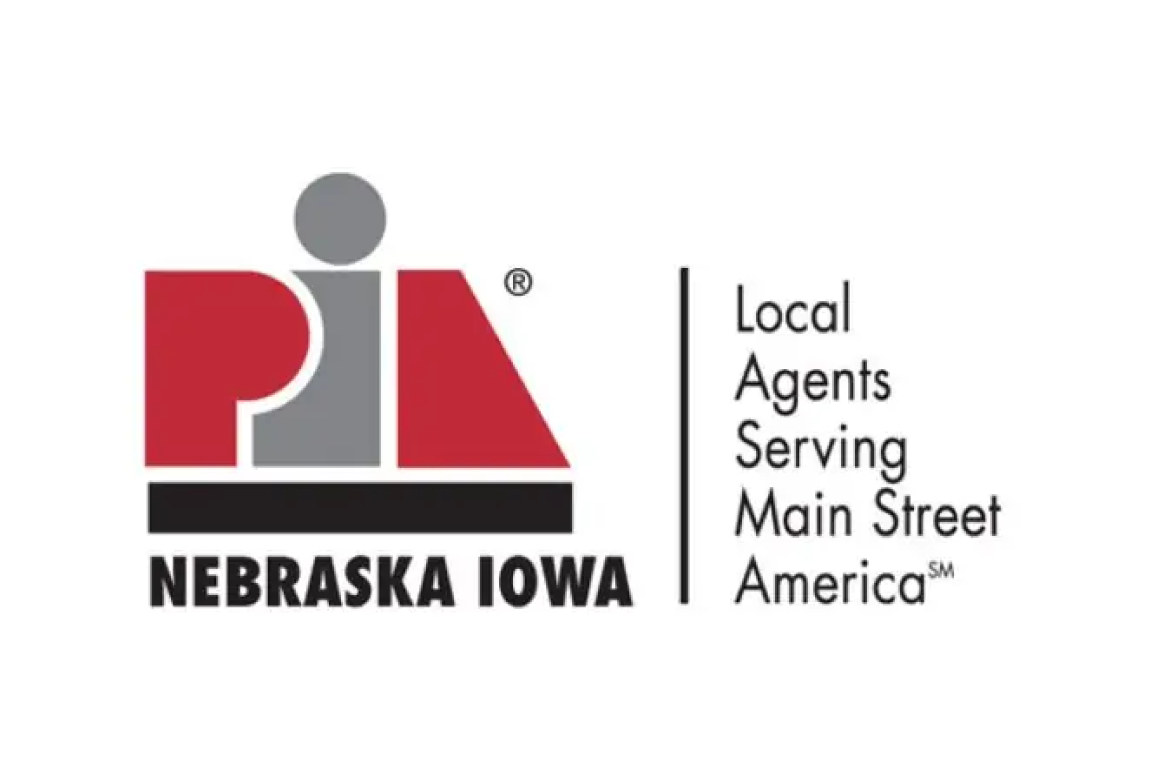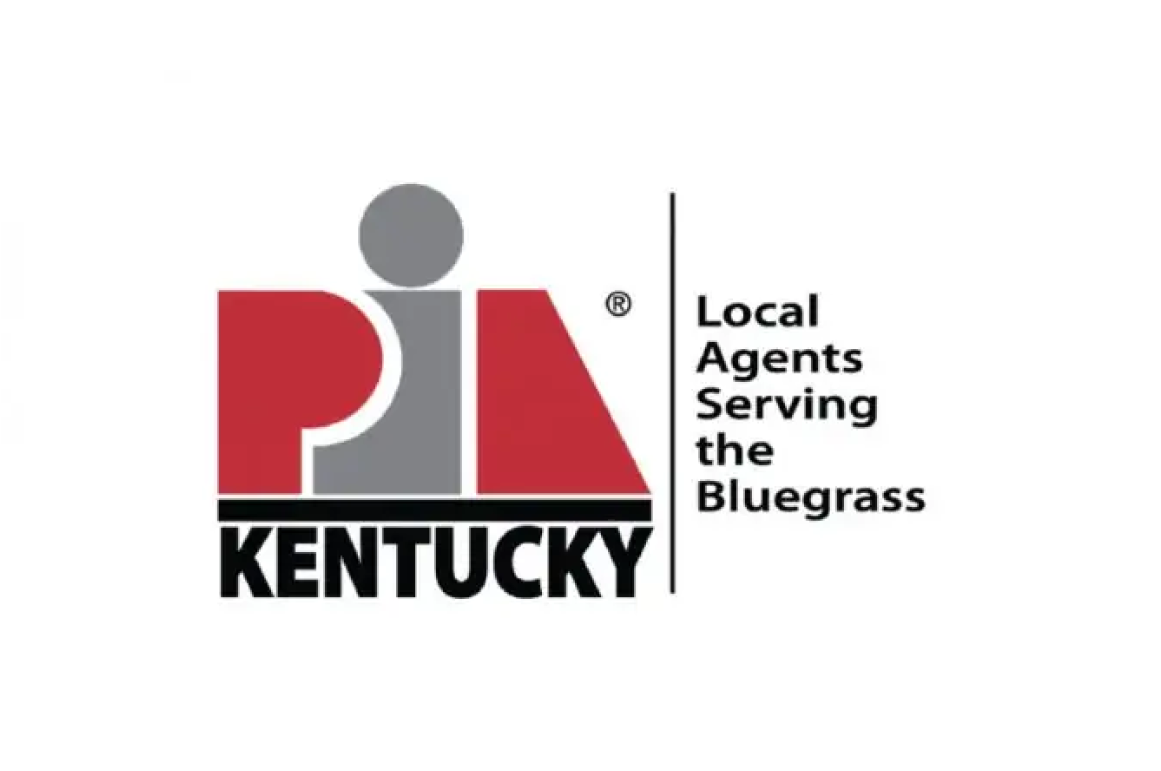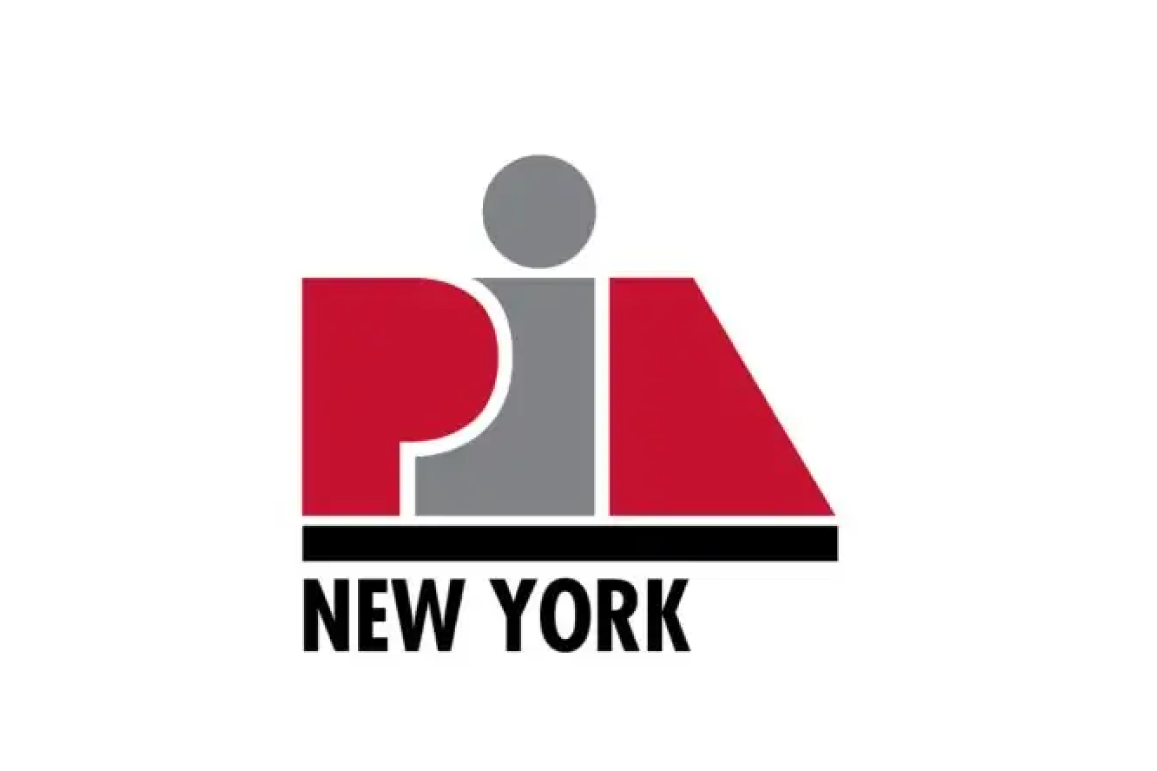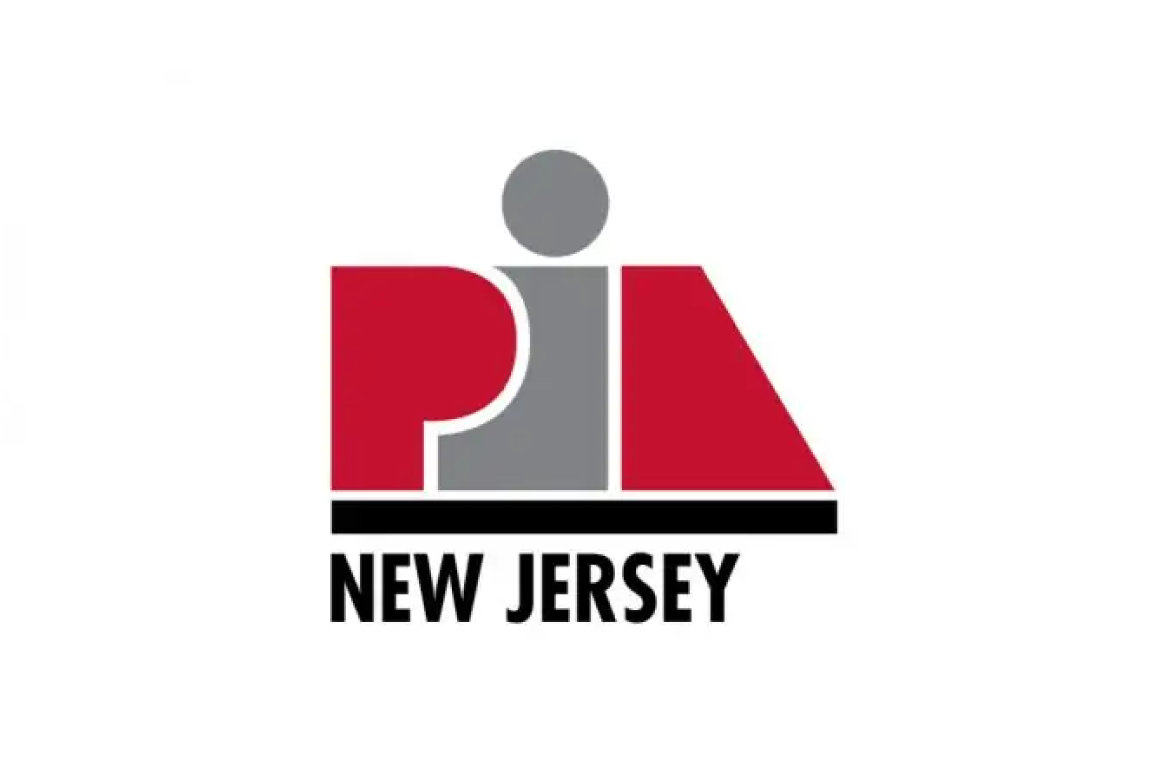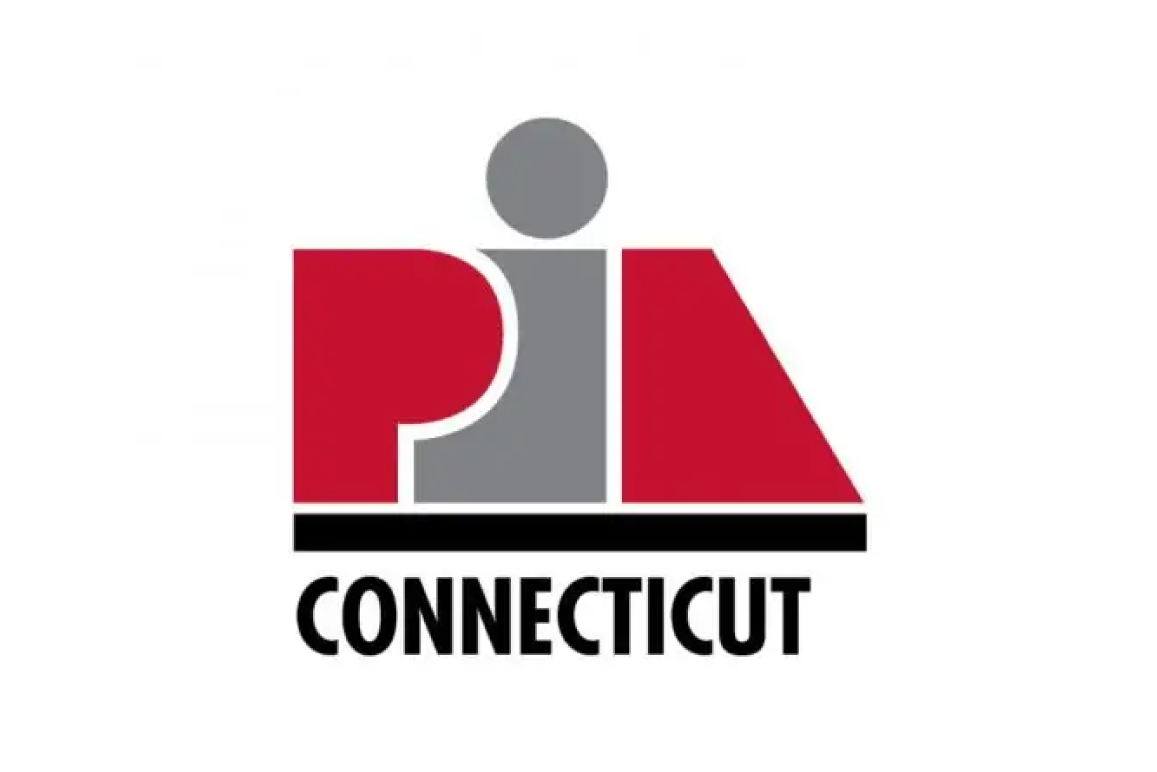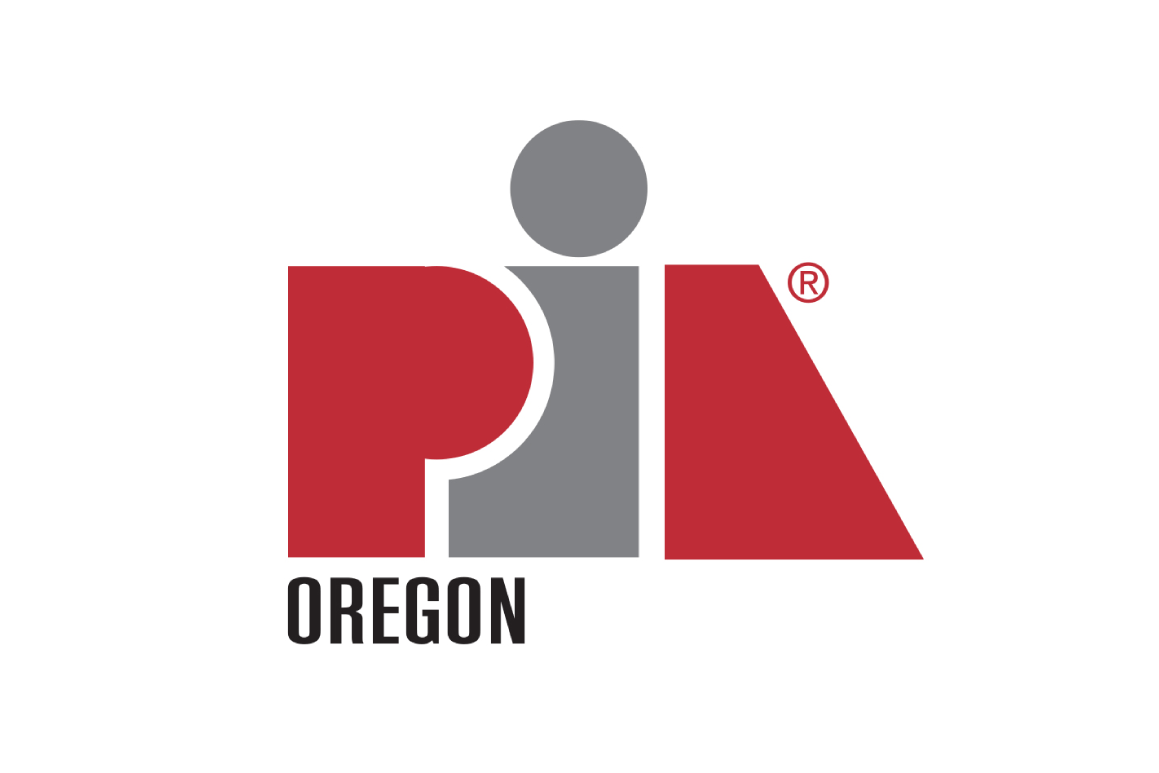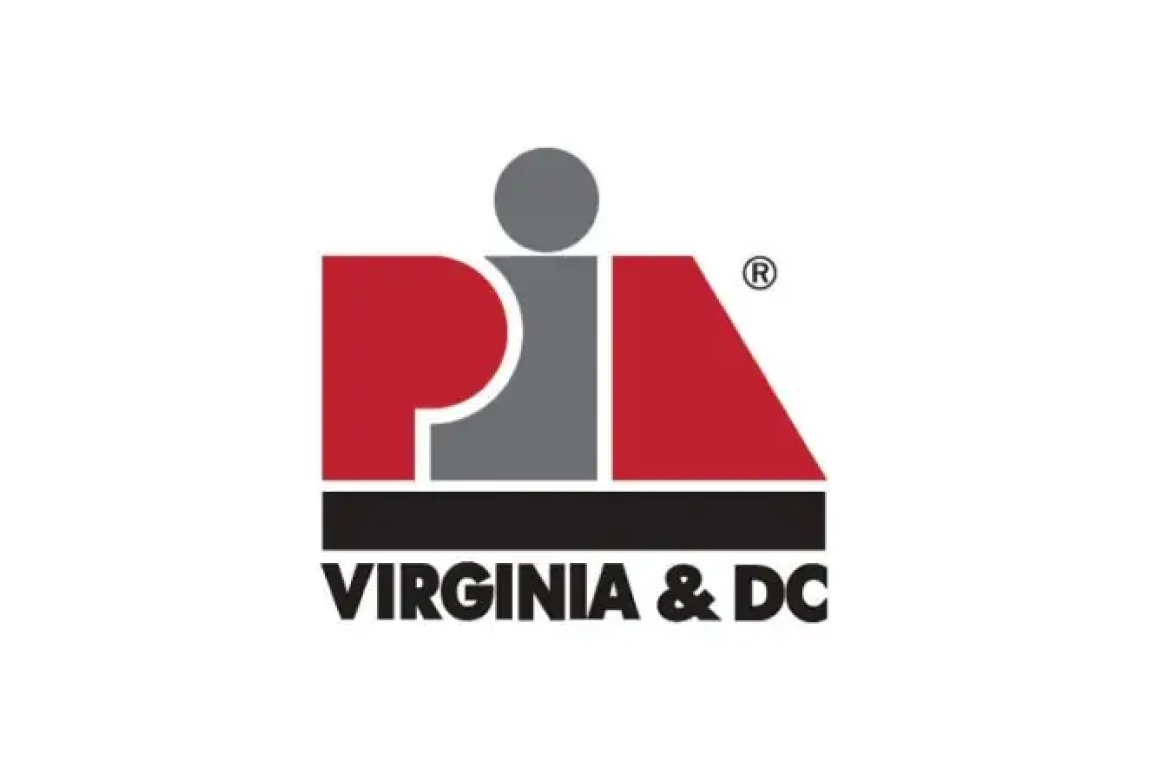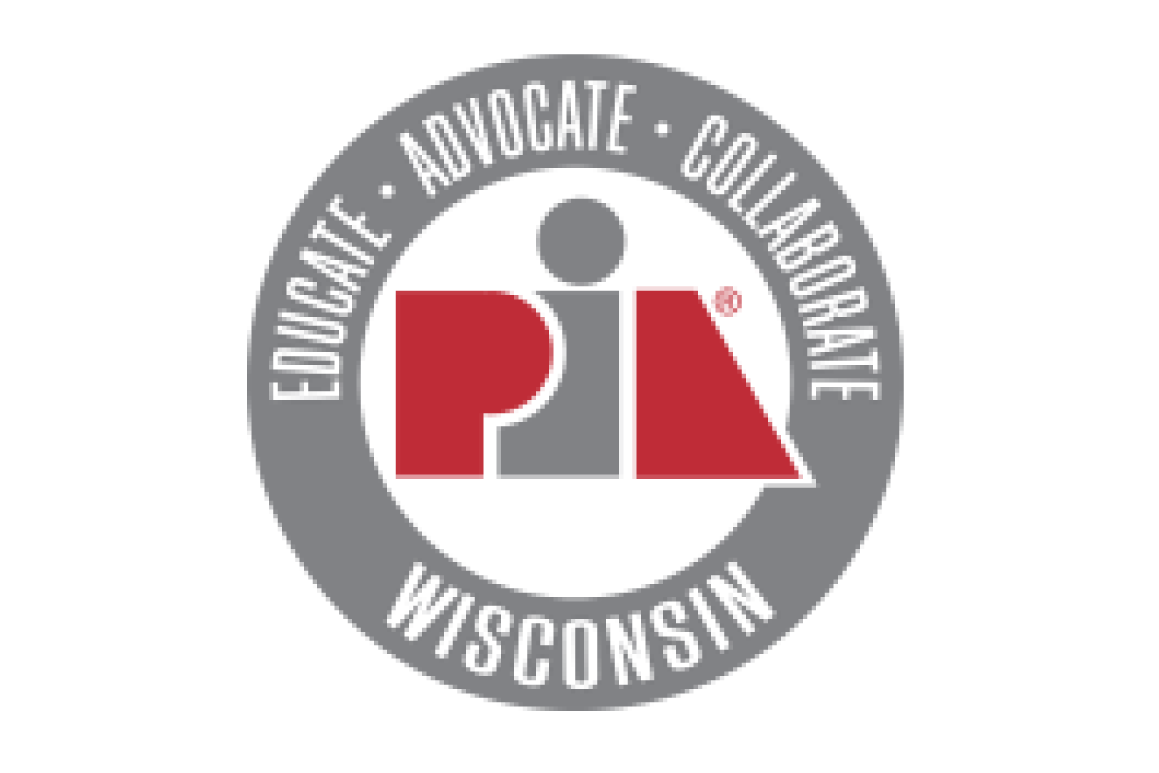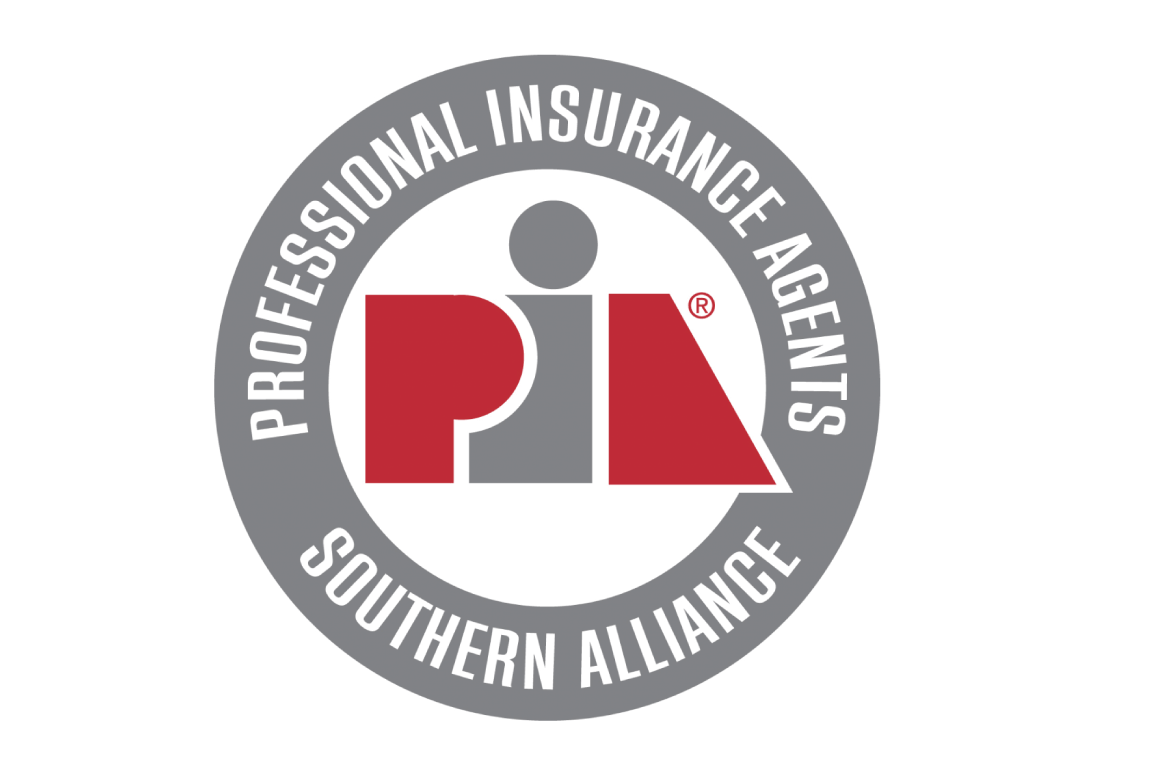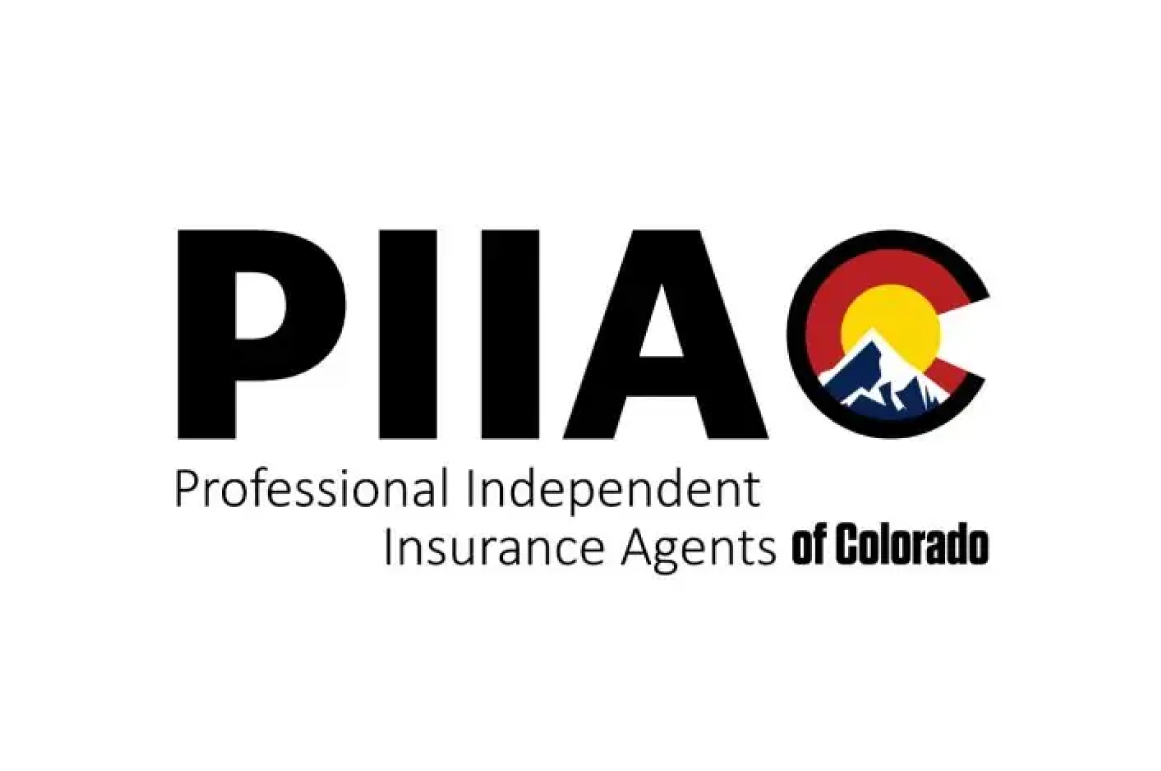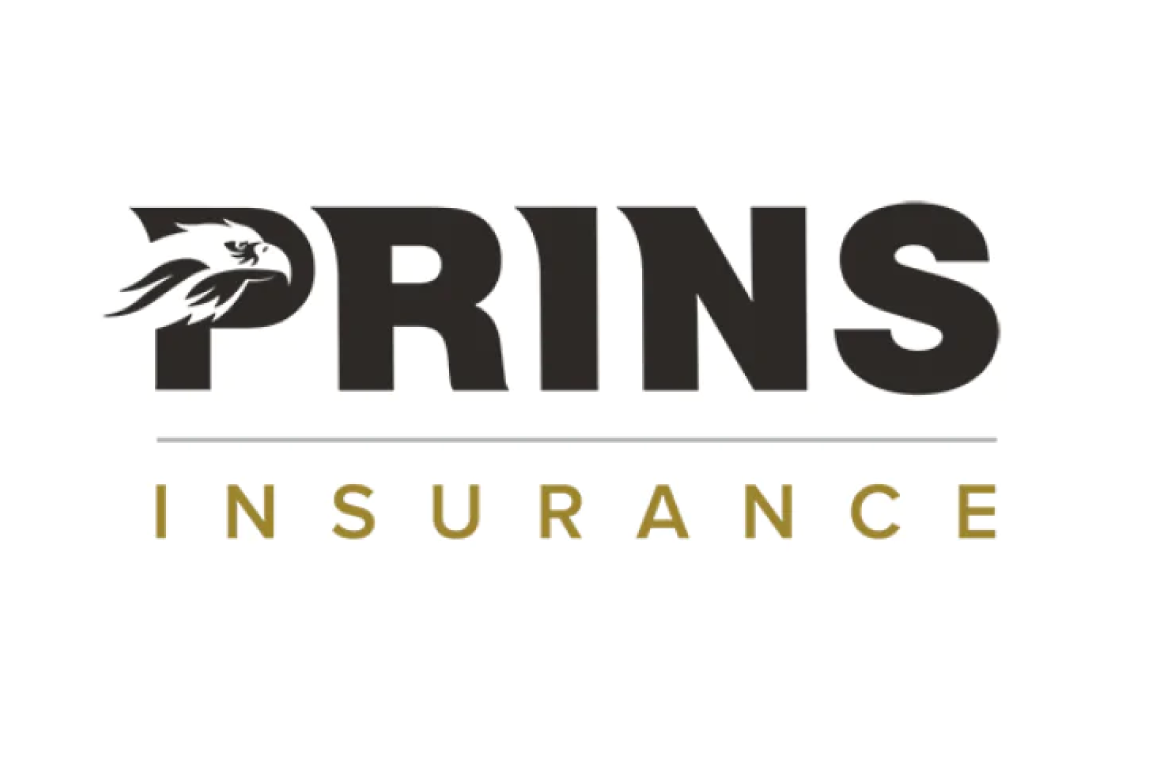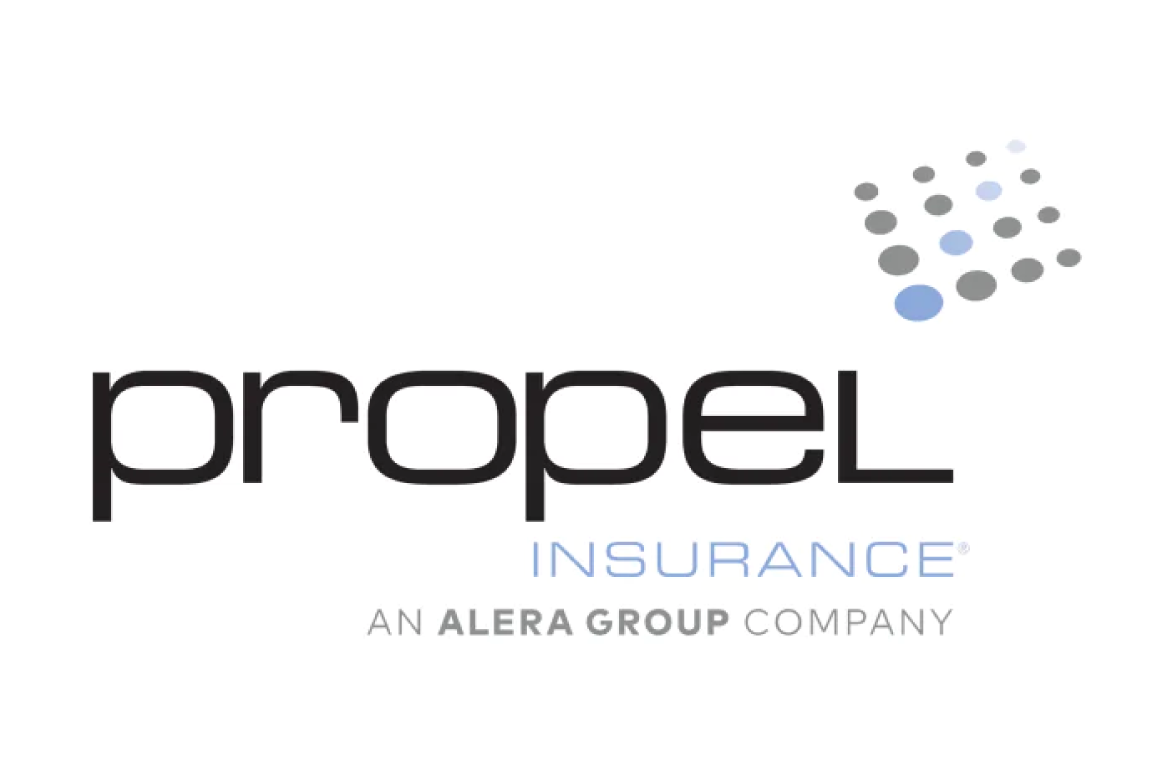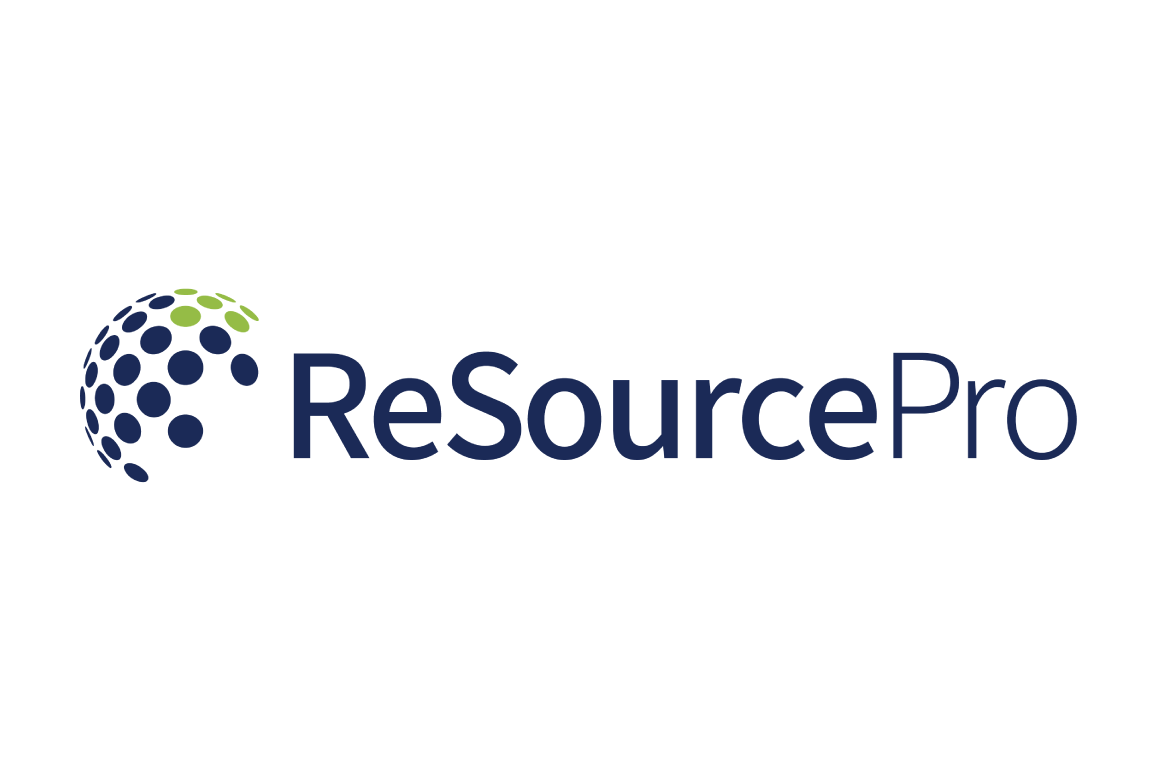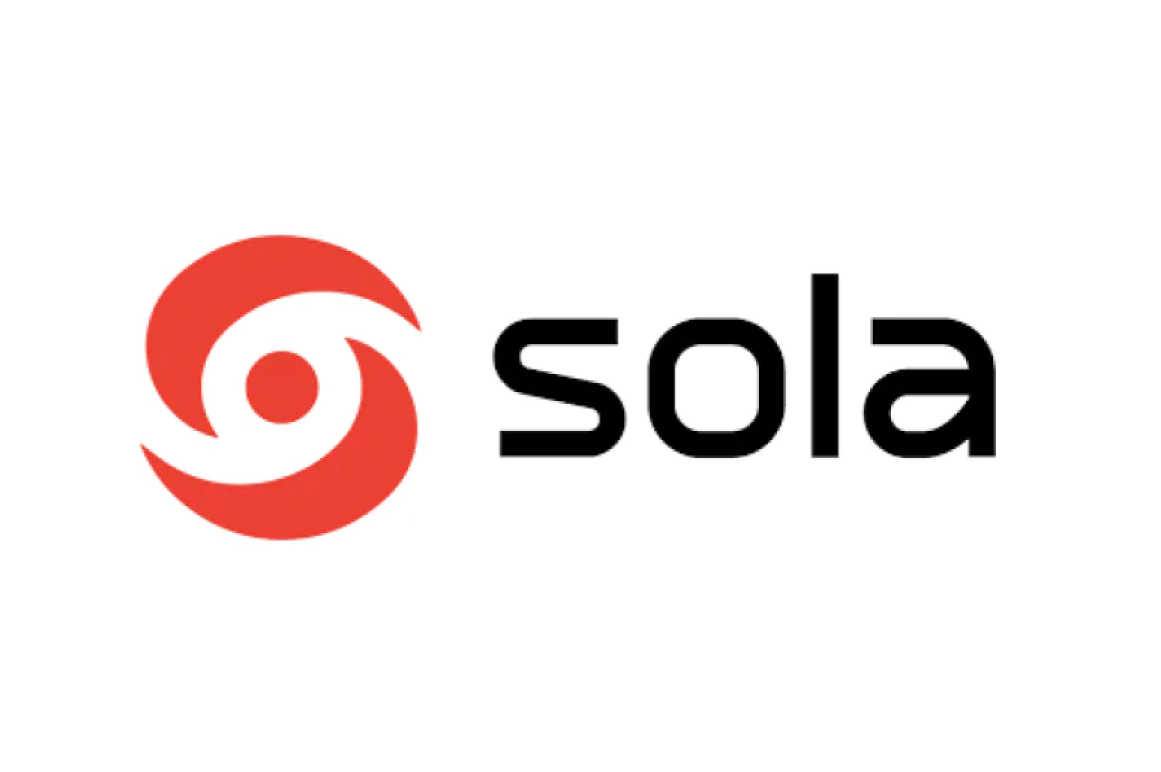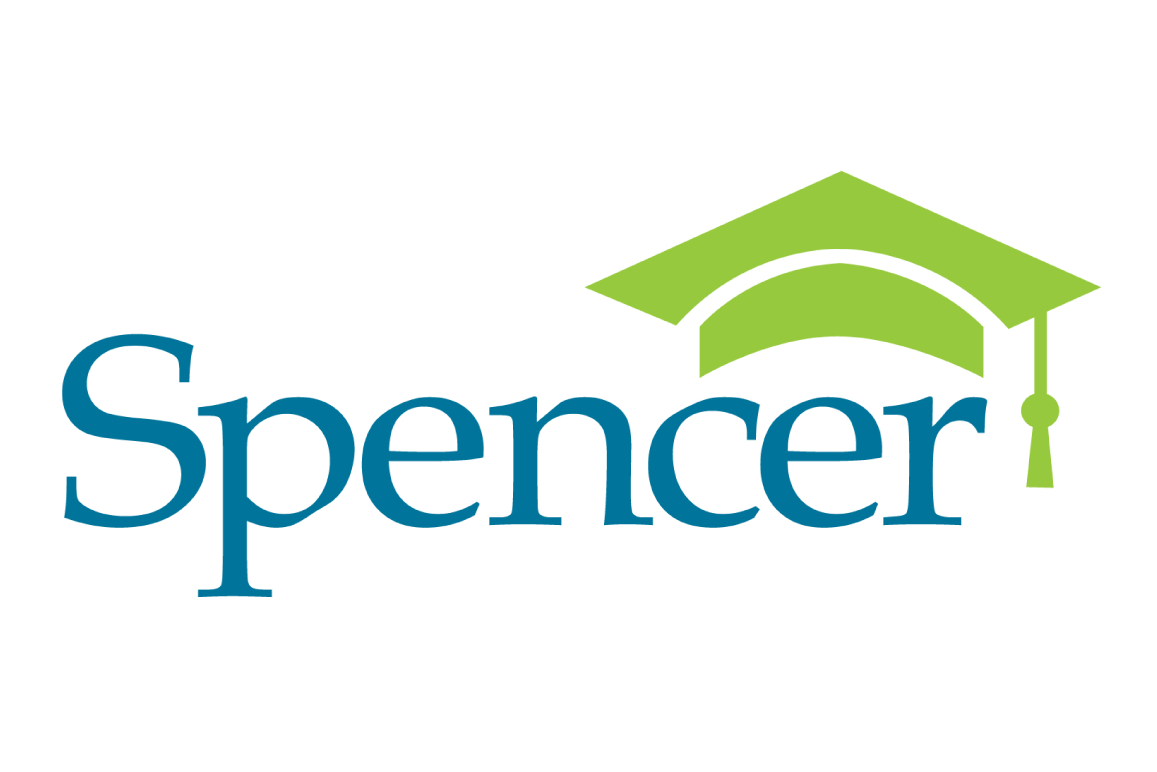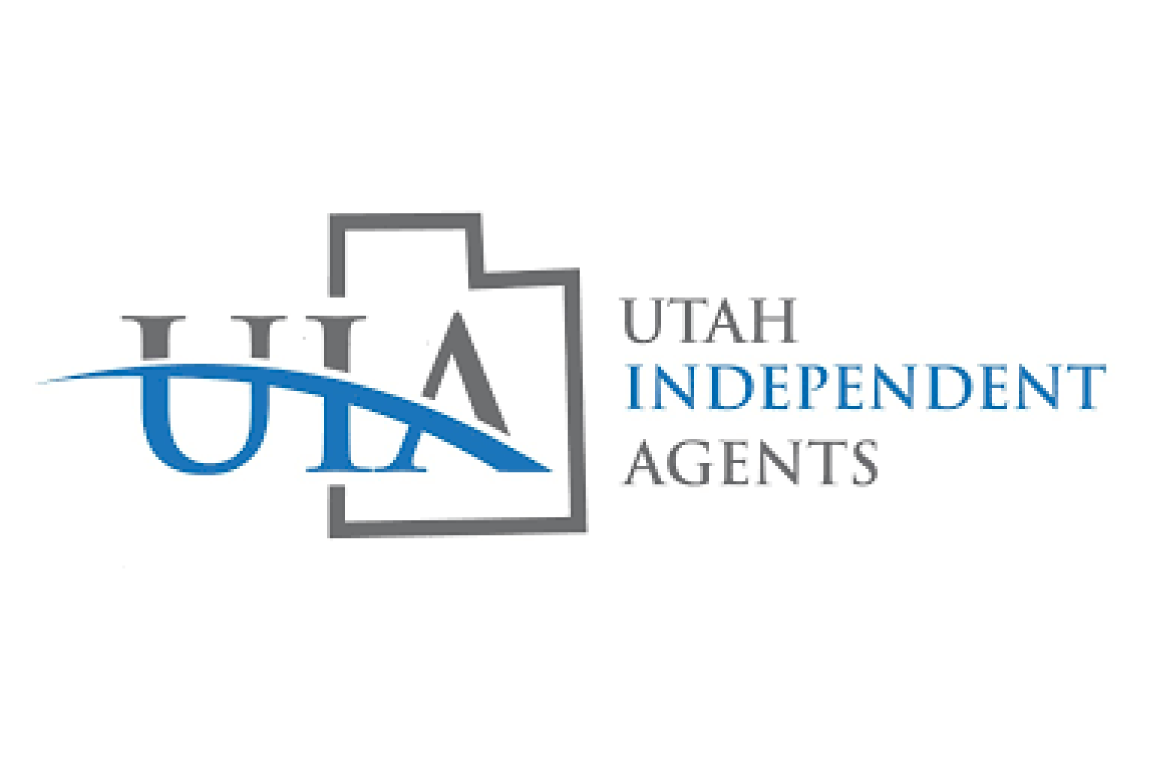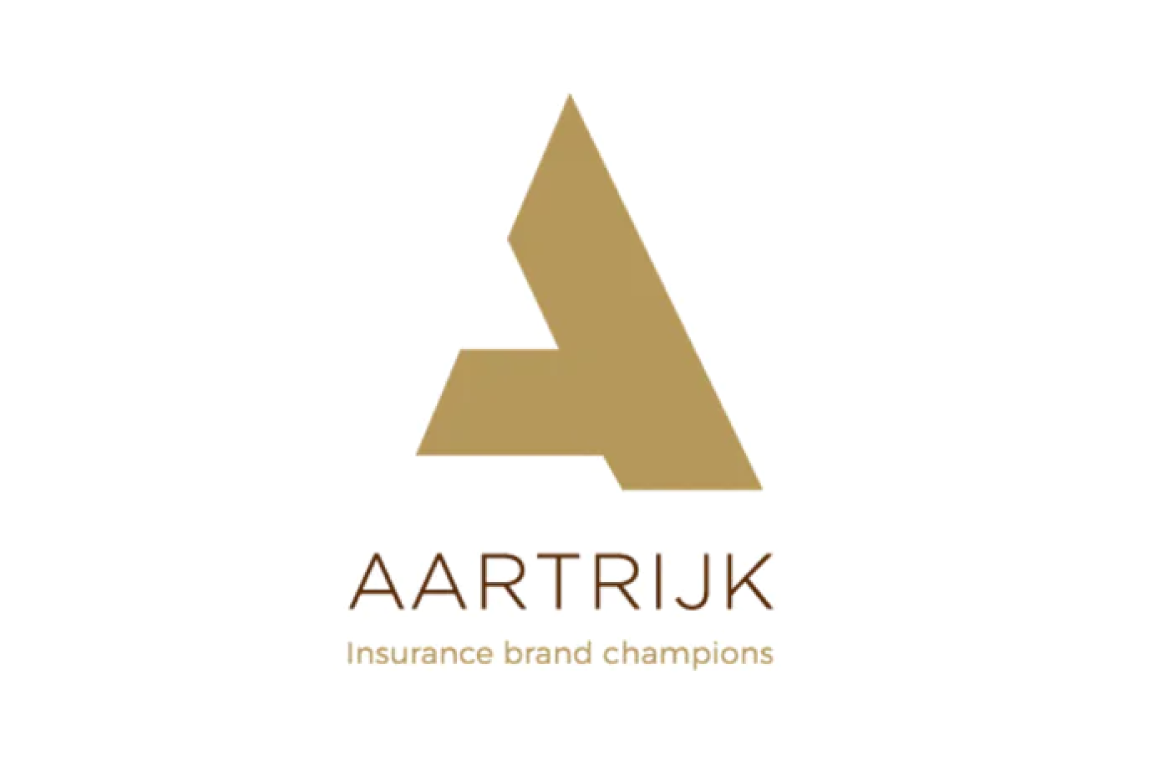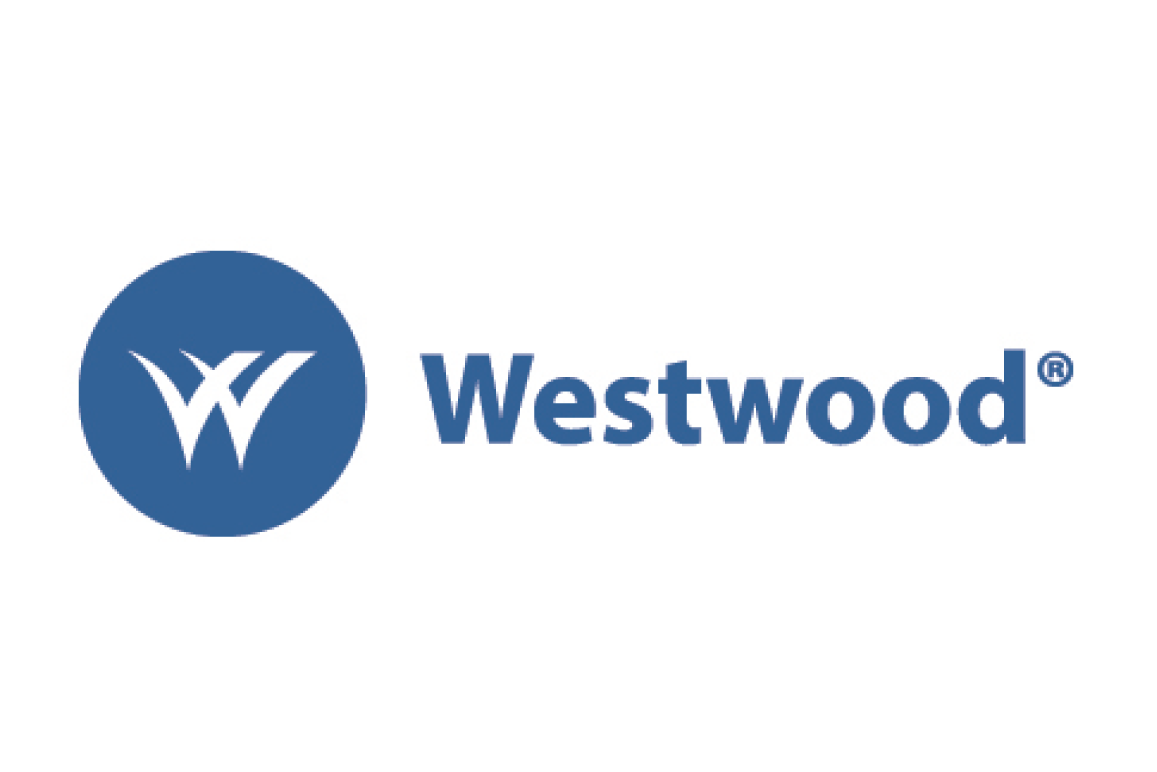Internships represent a growing avenue for employers to attract and evaluate potential employees, an important fact in an industry facing widespread employee shortages in the very near future. This article summarizes some of the major benefits of internship programs for the intern, as well as for the company or agency employer. Also outlined are strategies that can help companies identify and recruit interns and factors that should be considered when designing an internship program.
The Benefits of Internships
Internships are experiential learning opportunities that allow students to apply what they learned in a classroom in the hands-on environment of a business setting. Immersion in a professional setting helps students develop skills relevant to a specific position, as well as enhances the communication, critical thinking, and networking skills that will be required in the workplace. Additionally, this workplace exposure allows them to determine where they “fit” best, builds their confidence, and improves their marketability, all of which can lead to better job opportunities, higher starting salaries, and greater job satisfaction. For these reasons, risk management and insurance majors at Florida State University (FSU) can complete approved internships and earn academic credit toward their degree programs.
Internship programs can also be valuable to the agency/company employer from a workforce planning perspective. Internships can be viewed as a long interview process that can help a company decide if and where a potential future employee may fit within the organization. This is increasingly important today as company culture is a strong consideration for Millennials (now in the workforce) and Gen Z (soon to be entering the workforce) when making employment decisions. Internships give students the opportunity to experience the company culture prior to permanent employment, which in turn has the potential to reduce turnover in full-time hires. Together, these advantages can lead to lower employment costs.
Finding and Recruiting Interns
What’s in a name? If your company is interested in attracting young talent, the answer to that question is “quite a lot.” Millennials gravitate to companies they have heard of before, just as we all do. Major insurers spend considerable money building a brand image, and it can pay off during campus visits because students may initially be interested in associating with well-known entities. After all, they are trying to build a resume, and they know that experience with a national company may be a ticket to greater opportunities.
That doesn’t mean that a smaller entity or agency is at a serious disadvantage. There are ways to stand out before, during, and after career fairs and to compete successfully with organizations whose advertising budgets are a thing of envy. An investment in a visual display expressly for career fairs can be helpful. To draw students in, most companies have a colorful backdrop, intriguing display board, and table runner emblazoned with the company logo. Recruiters standing by sparsely outfitted tables do not get as much traffic. An attractive visual display is a relatively small investment that can really pay off.
Don’t wait for a career fair to start building a campus presence. Get involved in department activities. Sponsoring an event brings executives on-site and creates opportunities for them to interact with students. You can also find volunteers from your company to get involved in other campus activities. FSU has enjoyed strong relationships with agents, brokers, owners, recruiters, and many other professionals and has sought their active participation in everything from curriculum design to judging student competitions. Students are extremely appreciative of professionals who help them in their studies, and they don’t forget the individuals who step up.
Internships as Part of Workforce Planning
When contemplating interns in your organization, consider how you want to leverage the value of these positions by asking core questions.
1. Will interns complement existing staff? Interns can contribute value by completing critical, short-term projects that existing staff may not have time to perform, but are nonetheless important. This will ensure the organization completes a necessary activity while exposing the intern to a real-world project that returns value to the organization.
2. Are interns a part of your future applicant pipeline? Organizations that hire interns have reported higher levels of retention and productivity in large part due to their familiarity with the company and the job.
3. What is the commitment of the organization to develop novice professionals? Taking on and managing interns is not for the faint-of-heart. Managing interns takes time and effort that organizations must be willing to invest to ensure a successful experience for all parties.
Designing an Internship Program
Once you have decided to hire interns, you need to determine the structure of your internship program. There is no right or wrong approach to this, but you should consider the organization’s size, number of interns needed, purpose of the internship, and the available support. Next, the structure of the internship will fall into one of three categories—fixed, rotational, or hybrid (incorporating elements of fixed and rotational).
For organizations that hire for specific positions, a fixed job-based internship will provide the necessary job-related training and experience to prepare them for the role. More flexible internship structures are rotational and project-based positions. These structures provide the opportunity for broad exposure to the organization through rotational and/or project assignments that engage the intern with multiple work units. Internships that offer some type of departmental rotation can be especially valuable to students because they may not know what area of the industry is their best fit or what specialization may suit them. Having a chance to “test drive” some options provides them with some much-needed direction when making those initial employment decisions.
One of the most important considerations in designing an internship is support. An internship is a learning experience, and as an employer, you are also a teacher. Students are looking to their employers for guidance—not just for the task at hand, but also for the soft skills necessary for success. Communication about what is working well, and what is not, will make them a better employee and a more well-rounded insurance professional. The key is to clearly establish expectations, review progress regularly, and provide frequent feedback throughout the internship.
Should I Pay Interns?
The Department of Labor has published guidelines instructing for-profit employers on the seven-factor pay criteria used to evaluate intern positions to determine if they fall under Fair Labor Standards Act regulations. It is recommended that employers pay interns. Based on 2017 NACE (National Association of Colleges and Employers) and FSU intern salary data, interns earn approximately $10 to $15 per hour, on average. Salaries are impacted by numerous factors, including job responsibilities, geographic location, and size of the firm.
Another expense your organization needs to consider is housing allowance. For many students, the availability of a housing stipend will determine if they accept an offer from a firm. Approximately half of the employers recruiting interns from FSU offer a housing allowance. The average stipend ranges from $1,500 to $3,000, depending on the duration of the internship and the location’s cost of living.
Employer and Intern Expectations
When employing an intern, there are several expectations that employers and interns should be mindful of to ensure a successful experience for both parties. For employers, it is important to recognize that this may be the first professional experience for many students. Consequently, it is reasonable to anticipate that the intern will have some anxiety. As such, make sure you do the following:
• Discuss with the intern what they should get out of the experience.
• Orient the intern to their role, supervisor, and other employees.
• Develop written expectations and establish goals/measures to monitor the intern’s progress.
• Encourage students to obtain a professional mentor who can share their expert knowledge.
• Verify with the intern that expectations are challenging, but reasonable.
• Meet regularly with the intern to review progress, answer questions, and offer feedback.
In addition, interns need to be oriented to the expectations your firm has of them. Interns want to contribute during their experience. Clarify the following expectations with your intern:
• What types of projects will the intern work on?
• What are the day-to-day responsibilities?
• What is the significance of the assigned tasks/projects, how will the outcome/results/project benefit the organization, and how will this work develop professional
competencies?
• What is the company’s management style and culture?
• What are some important facts interns should know about the organization and what are some of the important rules of employment (e.g., professionalism at all times: dress, communication, and behavior)?
Conclusion
A well-structured internship program generates positive benefits for employers and students. It can provide employers with an opportunity to evaluate a potential employee without first making a long-term commitment. It can also generate excitement for the industry among students for their chosen profession and better prepare them for the transition into the workplace.
Students who have great experiences return to campus eager to learn. They “brag” about their summer employer. They talk about that special project they completed or the lunch with the president of the company, and the excitement about these activities builds a positive reputation among students. Remember, there is no better brand ambassador for your company than an intern with a rewarding experience!
About the Authors:
Information presented in this article is drawn from a presentation made at the James K. Ruble MEGA Seminar conducted in Orlando, FL, on June 6, 2018. The four authors—all representatives of the College of Business at Florida State University—(C. Darren Brooks, Ph.D., Management Faculty and Executive Director of the Center for Human Resource Management; Cassandra R. Cole, Ph.D., Department Chair and William T. Hold Professor in Risk Management and Insurance—Dr. William T. Hold/The National Alliance Program in Risk Management and Insurance; Alexandra Massey, M.A., Corporate Relations Coordinator; and Lynne McChristian, Teaching Faculty and Director of the Center for Insurance Education & Research—Dr. William T. Hold/The National Alliance Program in Risk Management and Insurance) have expressed their appreciation to The National Alliance for giving them the opportunity to participate in the seminar, as well as to Kathleen McCullough, Ph.D. (Associate Dean of Graduate Programs and Research and State Farm Insurance Professor in the Dr. William T. Hold/The National Alliance Program in Risk Management and Insurance) for moderating during the session, and their fellow industry professionals (Kelly Doran, Associate Broker for AmWINS Brokerage of Florida; Laura Sherman, CPRM, CAPI, Founding Partner of Baldwin Krystyn Sherman Partners and Baldwin Risk Partners; Blake Starbuck, Producer Development Manager at Bouchard Insurance; and Nathan Upton, Commercial Property Broker at All Risks, Ltd.) who shared their personal experiences.



